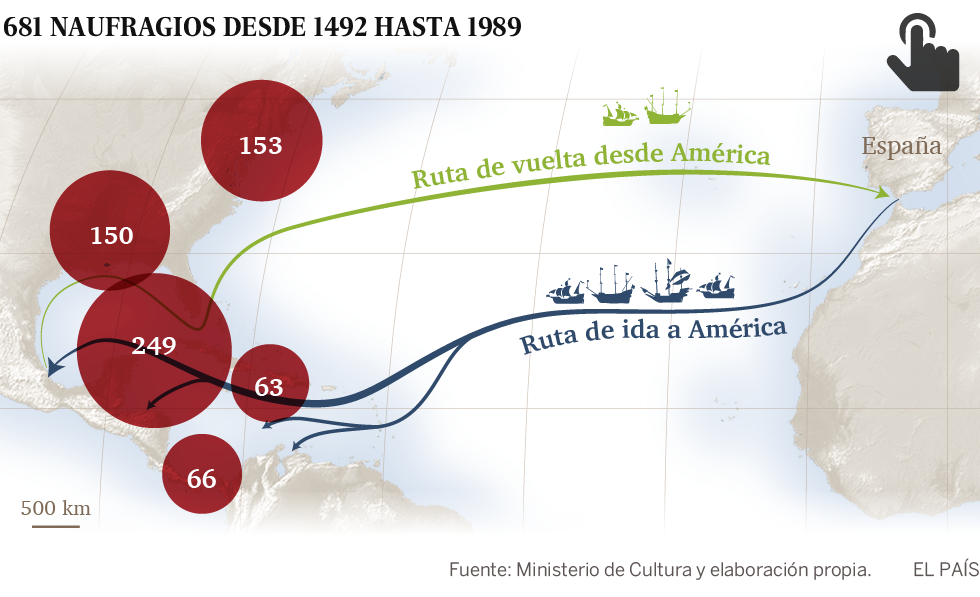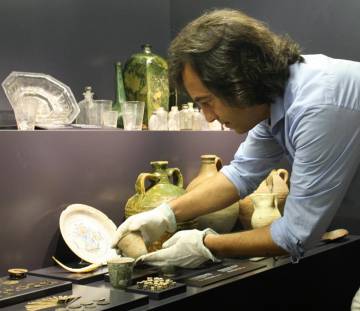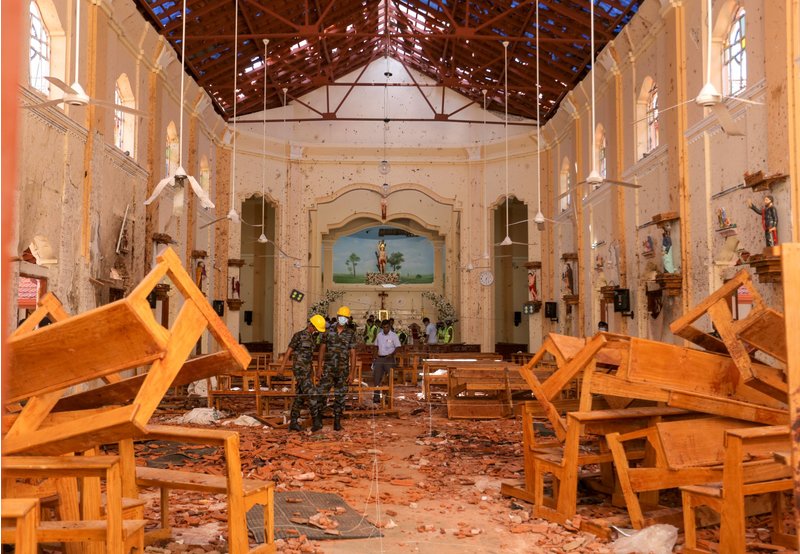Workers are organizing at unprecedented rates along
the border — in Mexico. Since January, thousands of factory workers
have been striking for higher wages in Mexican border cities, home to
hundreds of factories run by US companies and subcontractors
|

|
|
A man stands next to a Coca-Cola sign in Mexico City,
on December 2, 2015
credit: Marco Ugarte/AP // Vox |
Hundreds of Coca-Cola workers are camping out at a
major bottling plant until they get a raise. More than 8,000 Walmart
employees were prepared to walk off the job, until management met some
of their demands. And 30,000 striking factory workers have finally
returned to work after a month-long strike.
Workers are organizing at unprecedented rates along
the border — in Mexico.
Since January, thousands of factory workers have been
striking for higher wages in Mexican border cities, which are home to
hundreds of factories run by US companies and subcontractors. Factory
workers, who generally earn about $2.50 an hour, make car parts, washing
machines, appliances, and even soda for American consumers across the
border.Workers are angry with their employers for paying them poverty
wages, but they’re also upset with their labor unions, which are often
controlled by businesses and government officials. So far, union
officials have been unable to stop the strikes, which began in January
in Matamoros, an industrial border city that sits across the Rio Grande
from Brownsville, Texas.
The strikes have been so successful that they’ve
sparked what is now called the 20/32 Movement, based on the 20 percent
pay raise and 32,000 peso annual bonus (about $1,600) that striking
factory workers in the city initially demanded, and eventually won.
The movement is now spreading beyond factories in the
border region, with cashiers at US-owned supermarkets and fast-food
chains demanding raises too. That includes Sam’s Club stores and
Walmart stores.
The weeks-long strikes have caught business groups and
employers off guard. The Mexican government and labor unions have long
controlled the workforce with an iron grip, immediately quashing labor
unrest by jailing workers who go on strike. It’s just one of the
reasons why wages in Mexico remain among the lowest in the developed
world — a setup that US companies have encouraged.
But that’s all starting to change because of two
people: Mexico’s new populist president, Andrés Manuel López Obrador,
and US President Donald Trump. Despite their significantly different
stances on policy, both presidents share the view that Mexican labor
laws need a major overhaul to make free trade between both nations work.
And, somewhat ironically, it was López Obrador’s
recent decision to hike the minimum wage that triggered massive strikes.
Raising the minimum wage was unprecedented
In December, López Obrador fulfilled one of his
campaign promises: he raised the national minimum wage. The 16 percent
increase, which went into effect in January, raised the wage floor to
about 0.60 cents an hour. To be clear, that’s still a pretty bad rate.
AMLO simply raised the minimum to keep up with the cost of feeding a
family of four. The new minimum wage just ensures that people don’t
starve to death, and it’s certainly not enough for families to pay
rent or buy anything else, really.
But it was still seen as a major win for workers in
Mexico, who on average earn about $12.50 a day.
As part of this new policy, AMLO created a separate
minimum pay rate for workers in the border region, where about 2 million
people work in factories, or maquilas, owned by multinational
corporations. The new minimum wage in border states is about $1.1 an
hour —double what it was before. To help offset the cost to employers,
AMLO included a tax cut for businesses along the border.
But here’s the thing: Factory workers in cities like
Matamoros were already earning about $2.50 an hour, so the change didn’t
benefit them at all. They, too, insisted on getting a raise along with
minimum-wage earners, and many of their labor contracts actually
stipulated that they would get raises and bonuses based on changes to
the minimum wage. Which meant that their salaries should have doubled to
about $5 an hour because the minimum wage had doubled.
But the maquiladora industry in Matamoros, and the Day
Laborers, Industrial Workers, and Maquila Industries Union, which
represents most factory workers in the city, said such a wage hike was
too much. So two weeks after the new wage laws went into effect, on
January 1, about 30,000 workers went on strike. Their demand: a 20
percent raise and a 32,000-peso (about $1,600) bonus.
Business groups were outraged. The Mexican Employers
Federation called it a “crisis.” The local chamber of commerce said
the city would lose 20,000 jobs. Factories threatened to close. Workers
blocked access to their work sites, essentially shutting down 45
factories for several weeks.
By February 9, something unexpected had happened:
Managers at 45 factories agreed to employees’ demands, and their
30,000 employees got the raises and bonuses they asked for. At least two
factories, including a Chinese automaker, decided to move elsewhere, and
fired 1,500 people.
That didn’t discourage workers. In fact, strikes
have started to spread to other Mexican border states, including
Coahuila; Reynosa, Tamaulipas; Agua Prieta, and Sonora.
Coca-Cola workers are still striking. Walmart barely
avoided a work stoppage. Hundreds of workers at one of Coca-Cola’s largest
bottling and distribution plants have refused to go to work for almost
two months, demanding the same 20 percent increase with a $32,000 peso
bonus. Many have been camped outside the facility in Matamoros, blocking
strikebreakers from entering and bringing production nearly to a halt.
The Coca-Cola bottling plant, Arca Continental, is one
of the few employers in the state of Tamaulipas that have not agreed to
workers’ demands.
On Tuesday, employees put on their uniforms and
gathered outside the sprawling facility to continue the strike. Some had
slept on mattresses on the sidewalk, according to video posted online by
Susana Prieto Terrazas, a labor lawyer who is helping organize the
strikes.
“We’re going to stay here as long as we need to,”
said one of the workers standing outside.Their homemade signs accused the company of taking
advantage of them. “If they punch one of us, they punch all of us,”
read one of the signs.
A spokesperson for Coca-Cola in Mexico told me that
the company agrees with the way the Arca Continental, which runs the
bottling plant, is handling the strike, but didn’t say whether or not
Coca-Cola supports the workers’ demands.
“We are closely following the evolution of the
situation, and we trust that it will be solved as soon as possible,
always seeking for the welfare of our collaborators,” Lorena
Villarreal Clausell, communications director for Coca-Cola Mexico, wrote
in a statement to Vox.
While factory workers have been at the forefront of
the labor unrest, frustration has started to spread. In February, a
labor union representing 8,000 Walmart and Sam’s Club employees said
they would go on strike unless the company agreed to the 20/32 demands.
Workers complained that Walmart made them work long
hours and didn’t pay them overtime as required by law. They also
accused managers of discriminating against pregnant women, and not
enrolling some workers in their health insurance and retirement
programs, according to the Revolutionary Confederation of Laborers and
Farmworkers union, which represents employees at about 180 Walmart and
Sams Club stores in 10 states in Mexico.
“We, the workers of Walmart, have started a movement
to reclaim our rights,” the union stated in a video announcing the
strike earlier this month. “We’re fighting for better salaries, a
percentage of sales, to prevent layoffs and for the respect of human
rights.”
That includes janitors, cashiers, pharmacy clerks, and
warehouse workers. Last year, workers at Walmart stores across Mexico
earned between $4.81 and $8.83 a day, according to Reuters.
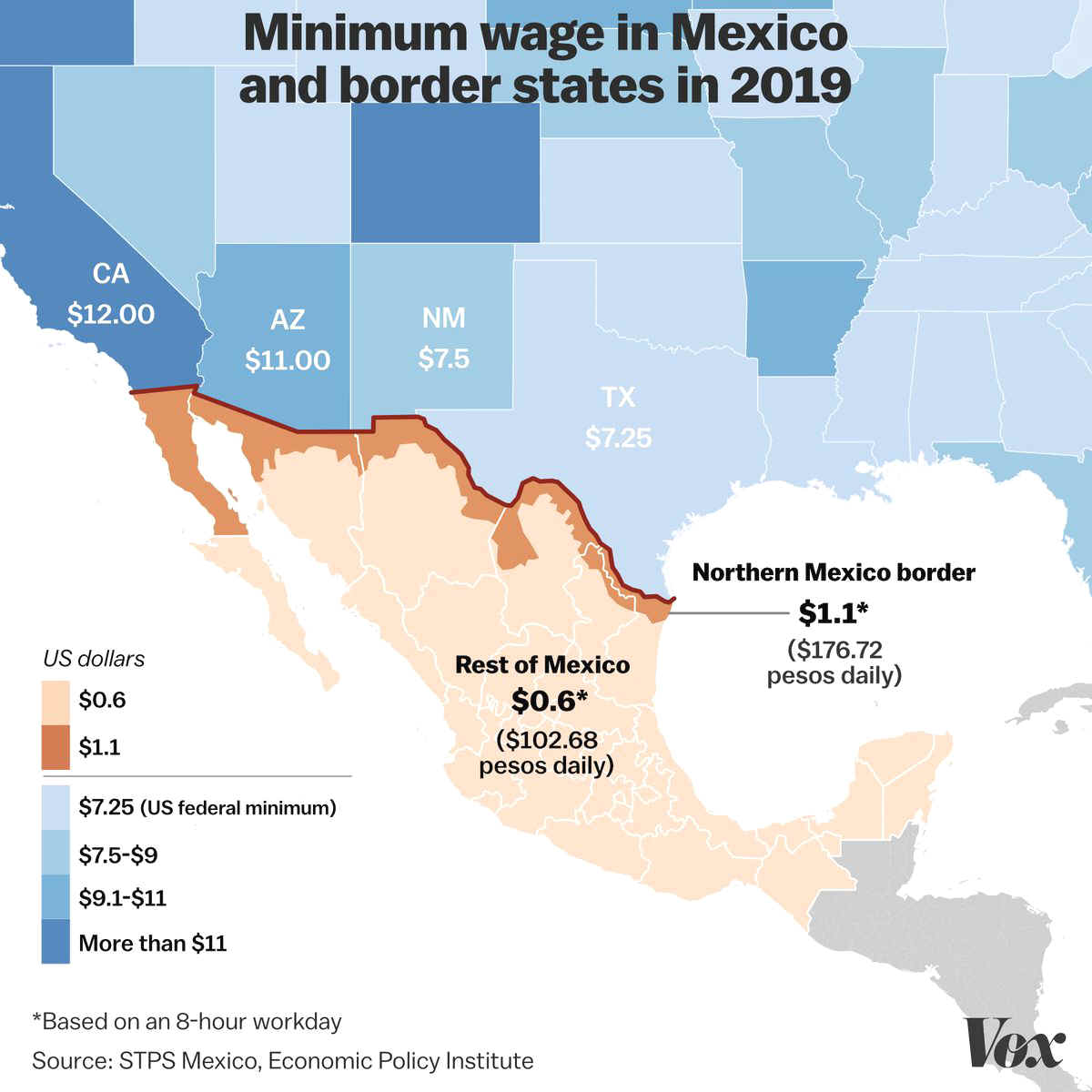
Watch video here.
The strike was set to begin last week, but the company
reached an agreement with the union at the last minute. They would give
employees a 5.5 percent raise and a productivity bonus — far less than
they asked for, but enough to avoid a strike. The relative success of these strikes has a lot to do
with politics.
López Obrador’s administration is not cracking down
on workers
Mexico’s new president and other members of his
populist Morena party have political control in Mexico right now, after
taking both chambers of Mexico’s Congress for the first time this
year. In the past, employers could count on the federal and state
government to intervene in labor strikes, which often led to brutal
crackdowns on workers. Unions rarely sided with the workers they are
supposed to represent.
But López Obrador and his allies in Congress are
making it a point to remain neutral. They have been encouraging
negotiations, but so far have refused to take punitive action against
workers.
“The businesses class also needs to take direct
responsibility for this, they need to be more socially responsible
toward workers, with the communities where they operate and with the
environment,” said Sen. Napoleón Gómez Urrutia, during a press
conference last week, according to El Milenio newspaper. “This is part
of our national politics and the new union movement we are promoting,
there has to be economic justice for there to be a peaceful labor
environment.”
The administration’s pro-labor policies will
inadvertently help an unlikely ally: President Donald Trump.
Mexico must pass new labor laws for the trade deal to
go into effect. In November, President Donald Trump announced that he
had accomplished one of his campaign promises: he had reached a deal
with Canada and Mexico to replace the North American Free Trade
Agreement, or NAFTA.
Under the new deal, known as the USMCA, Mexico has
promised to pass laws that will guarantee workers the right to form
unions and negotiate their own labor contracts.
Right now, workers in Mexico have the right to
unionize, but they are often left out of the negotiating process. US
manufacturers — and most other companies — end up dictating the
terms of the contract with labor unions to their own benefit, without
any input or approval from employees. Workers have also reported
retaliation from employers when they try to create a labor union.
Trump still needs Congress to ratify the pact, which
will likely face some resistance from House Democrats. Mexico and Canada
will also need to get their lawmakers on board. Trump had repeatedly railed against NAFTA for
decimating the US manufacturing industry.
When the trade pact was enacted in 1994, labor unions
worried at the time that allowing goods to cross the border untaxed
would give US manufacturers too much incentive to move factories and
jobs to Mexico, where wages were very low and environmental standards
more relaxed.
Proponents of NAFTA pushed back against that idea,
saying that boosting trade would raise wages for low-skilled Mexican
workers, pulling millions out of poverty and making it less attractive
for companies to move factories to Mexico.
But that definitely didn’t happen. Competition from
US farms was largely responsible for putting more than 1 million
farmworkers in Mexico out of work, and the unemployment rate in Mexico
is higher today than it was back then. On top of that, wages for workers in Mexico have
hardly budged.
The labor reforms in the new deal are supposed to
increase wages for Mexican workers, to give US companies less of an
incentive to move manufacturing jobs south of the border.
Aside from giving workers a voice in collective
bargaining, the USMCA would also require Mexico to pass a law extending
labor protections to migrant workers, many of whom come from Central
America and are vulnerable to exploitation.
The “new NAFTA” would allow the United States, for
example, to file labor complaints through the regular dispute resolution
system, but only if it involves labor violations that are harming US
trade. They can bring the complaint before a commission of government
labor ministers from each country, but only after exhausting all efforts
to mediate the issue and resolve it separately.
It seems like a long, painful process that could take
months to complete. But it’s better than the nonexistent process to
deal with labor violations under NAFTA. And it would require each
country to take an aggressive, hands-on enforcement approach.
The most challenging part will be enforcing a specific
provision in USMCA that mandates that 40 to 45 percent of a car’s
parts must be made by workers who earn at least $16 an hour to avoid
tariffs. That means that many Mexican factories that make parts for US
car manufacturers would have to pay eight times what they currently pay
the average factory worker. Or auto manufacturers would simply need to
buy more car parts made in the United States, where wages for factory
workers are much higher.
The trade deal does not mention how the US government
would even know what companies across the border are paying their
workers. It’s not clear how the Mexican government would know, either.
But López Obrador is making some changes that align with USMCA, and
lawmakers are expected to introduce the rest of the required proposals
this spring.
As a populist president whose political party now
controls both chambers of Mexico’s Congress, it shouldn’t be hard
for López Obrador to pass those reforms. Until then, the current labor
unrest in Mexico will likely continue to spread.
[Alexia Fernández Campbell is Vox Politics &
Policy Reporter.]
|

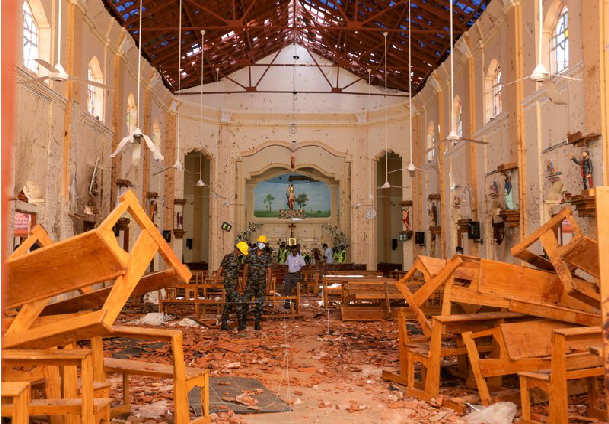



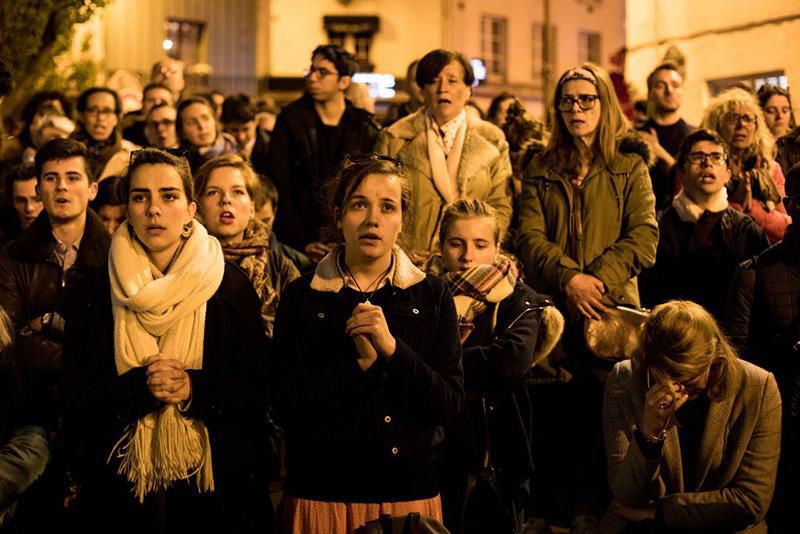


 Like
many songwriters, Berlin saved every scrap of paper with every new song or
partial song he composed. As was his habit, he'd put the scraps of songs
in a trunk for possible use at a later date. So it was with "God
Bless America." He dug into his trunk to find the song
that changed America...
Like
many songwriters, Berlin saved every scrap of paper with every new song or
partial song he composed. As was his habit, he'd put the scraps of songs
in a trunk for possible use at a later date. So it was with "God
Bless America." He dug into his trunk to find the song
that changed America...









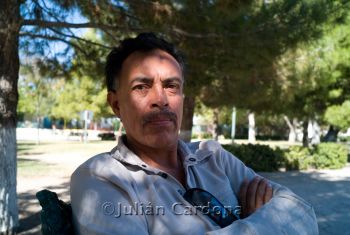









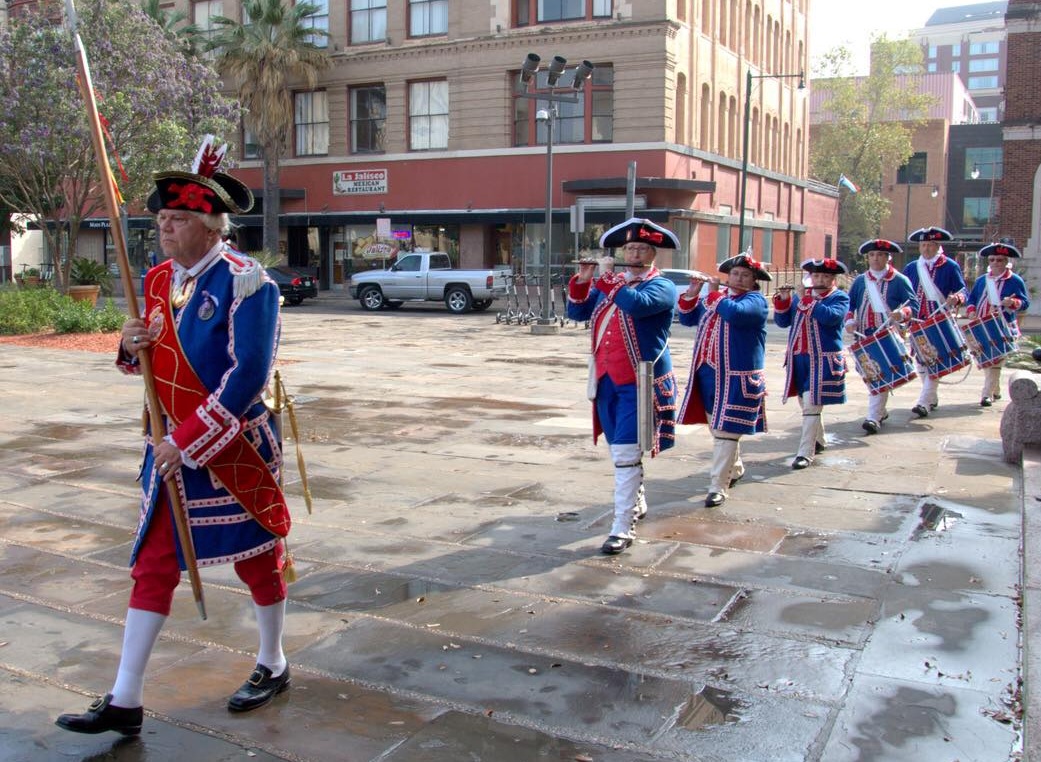
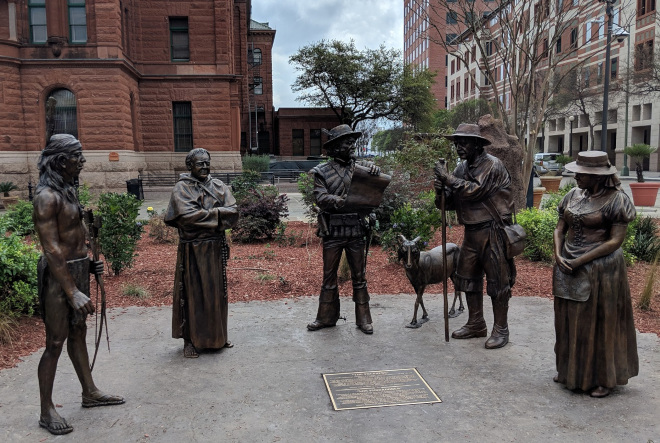
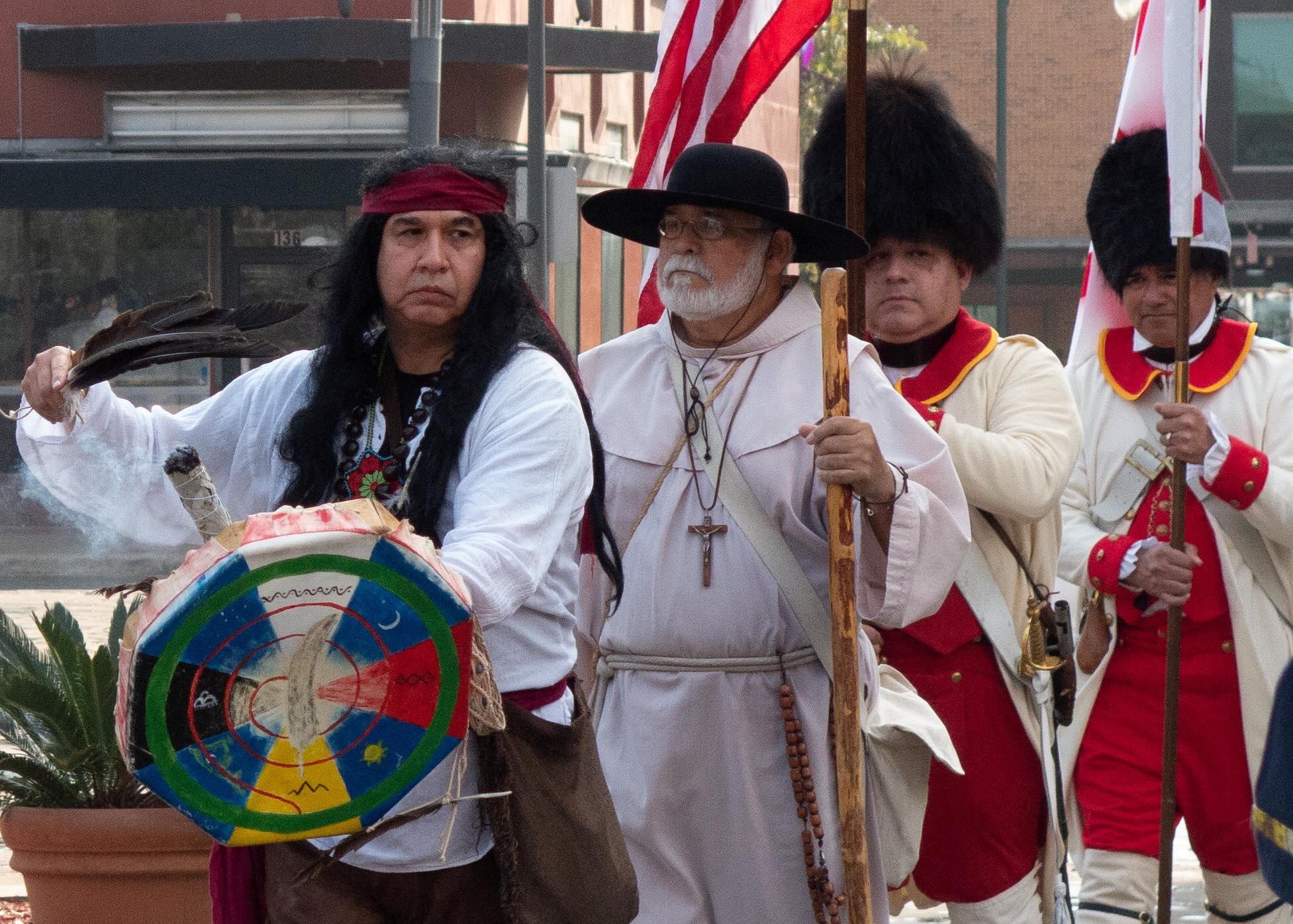
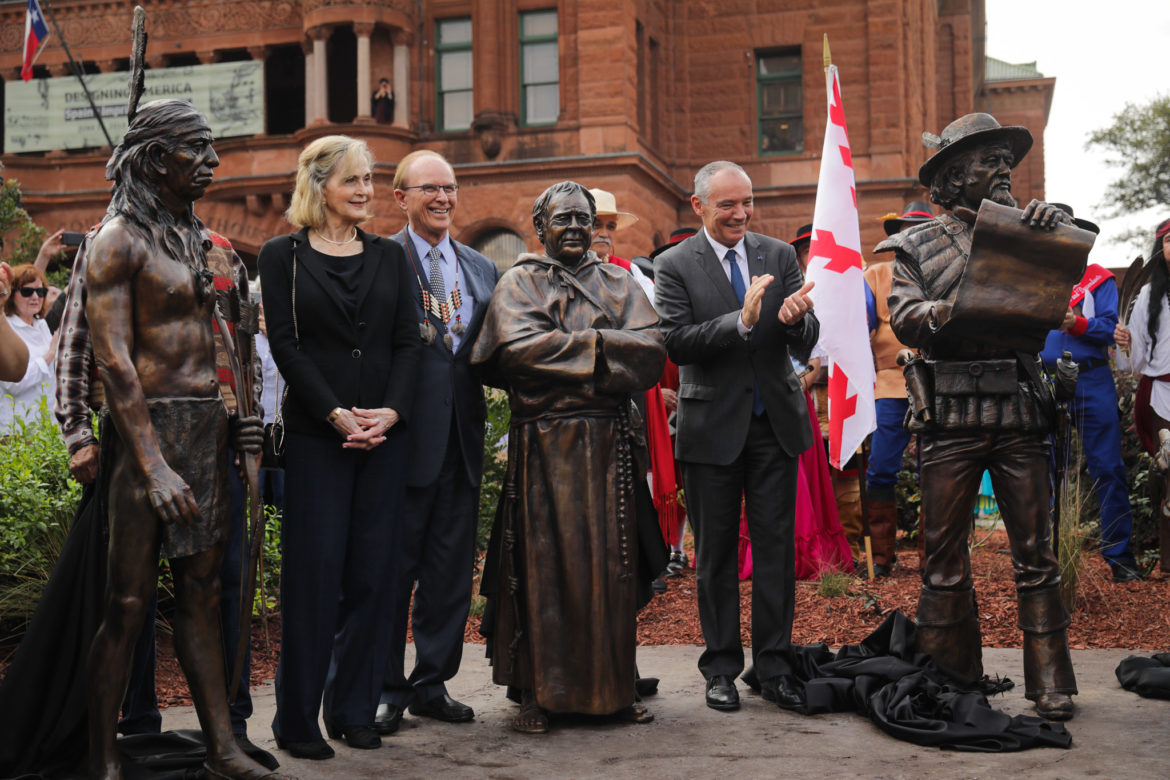



 Tawn's reaction to an African-American man was totally
different. At about 15 months, she was walking well; however,
while shopping I usually held her hand. We were walking in downtown Inglewood. Suddenly she stopped, made some excited sounds and
acted as if she recognized someone she obviously dearly loved. She started
pulling me, and when she could not move me, she started twisting her
hand to pull away.
Tawn's reaction to an African-American man was totally
different. At about 15 months, she was walking well; however,
while shopping I usually held her hand. We were walking in downtown Inglewood. Suddenly she stopped, made some excited sounds and
acted as if she recognized someone she obviously dearly loved. She started
pulling me, and when she could not move me, she started twisting her
hand to pull away. 


 As
a college summer job, my daughter Tawn had the fun responsibility of
caring for baby Bengal tigers at the Japanese Village and Deer Park in
Buena Park, CA. Tawn's day started at 6:30 am. When she
arrived, three tiger mom's had each given birth to one cub. Soon
to be born were five cubs to one tigress. Tawn's responsibilities
with the older cubs, besides feeding them a special formulas, included
playing with them and taking them for early morning walks. The
three cubs would follow her, as cubs would ordinarily follow their
mother, strengthening their wobbly legs. The walkway which the
cubs used was the walkway used by all the animals. Deer, camels,
elephants, ostriches, and other animals, all used the walkway for exercising before
the doors open for visitors. The cubs then spent the day in the
petting zoo.
As
a college summer job, my daughter Tawn had the fun responsibility of
caring for baby Bengal tigers at the Japanese Village and Deer Park in
Buena Park, CA. Tawn's day started at 6:30 am. When she
arrived, three tiger mom's had each given birth to one cub. Soon
to be born were five cubs to one tigress. Tawn's responsibilities
with the older cubs, besides feeding them a special formulas, included
playing with them and taking them for early morning walks. The
three cubs would follow her, as cubs would ordinarily follow their
mother, strengthening their wobbly legs. The walkway which the
cubs used was the walkway used by all the animals. Deer, camels,
elephants, ostriches, and other animals, all used the walkway for exercising before
the doors open for visitors. The cubs then spent the day in the
petting zoo. 

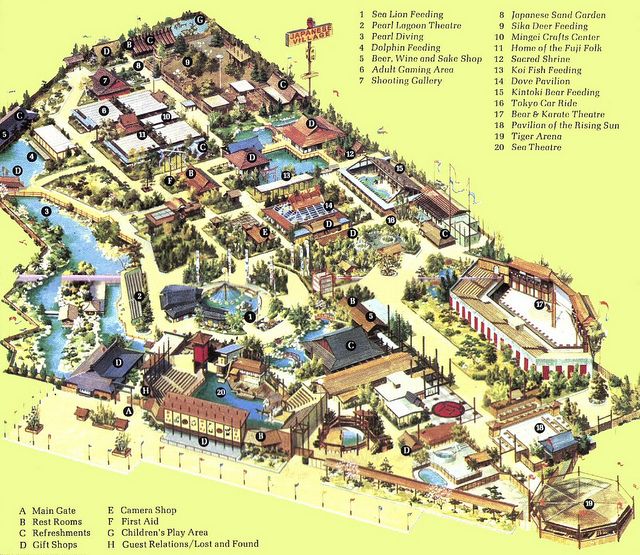

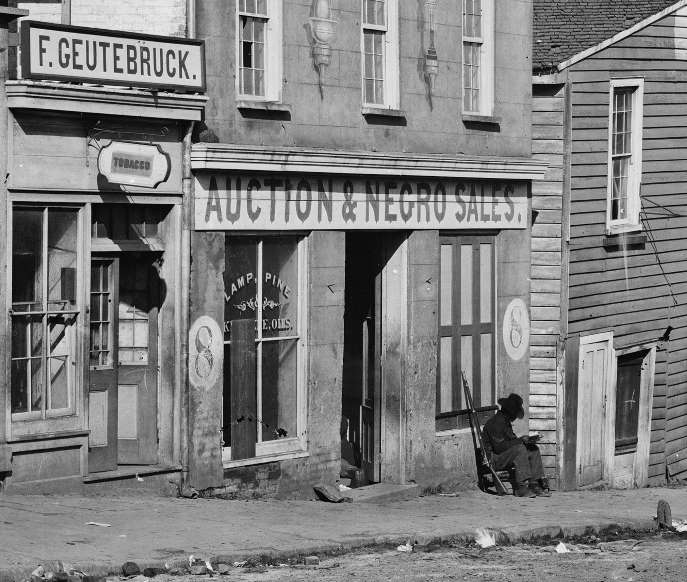
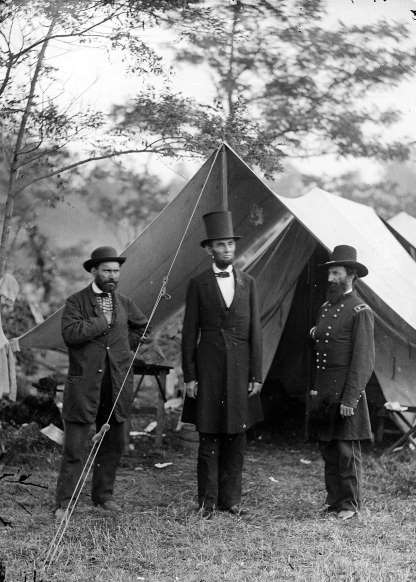
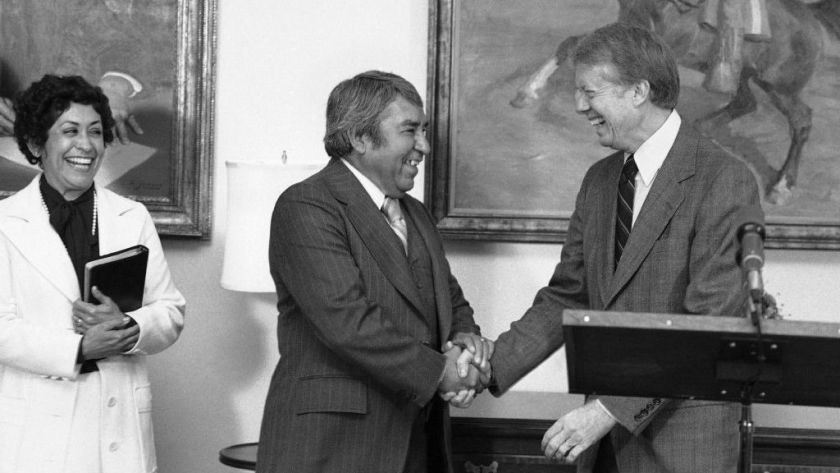


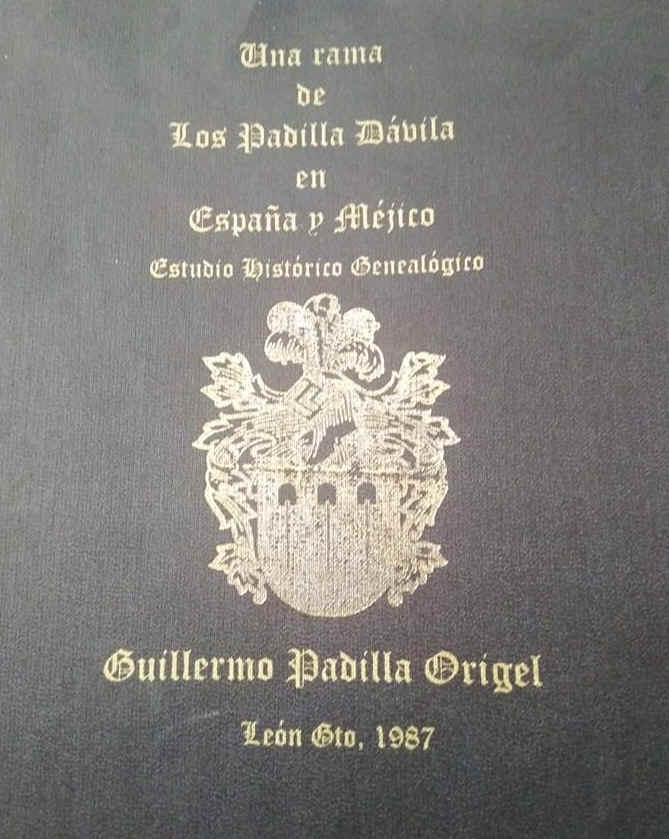




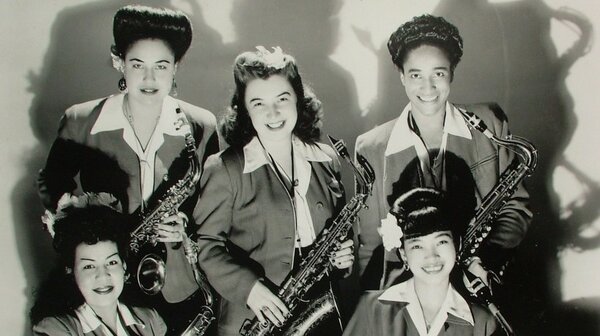




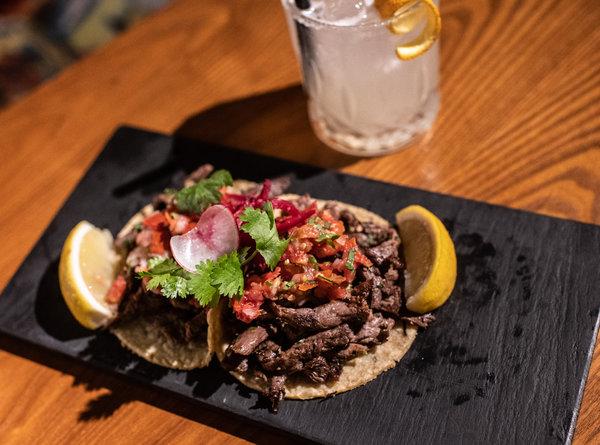
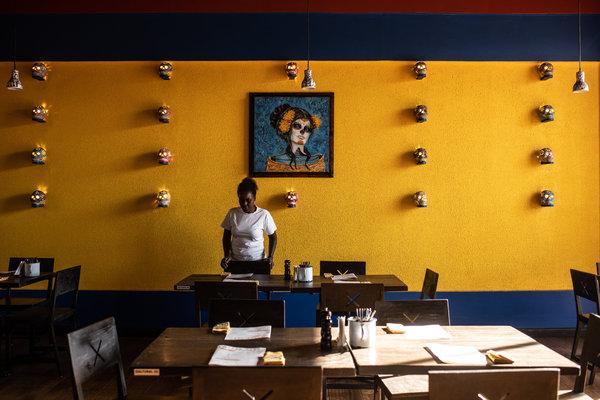




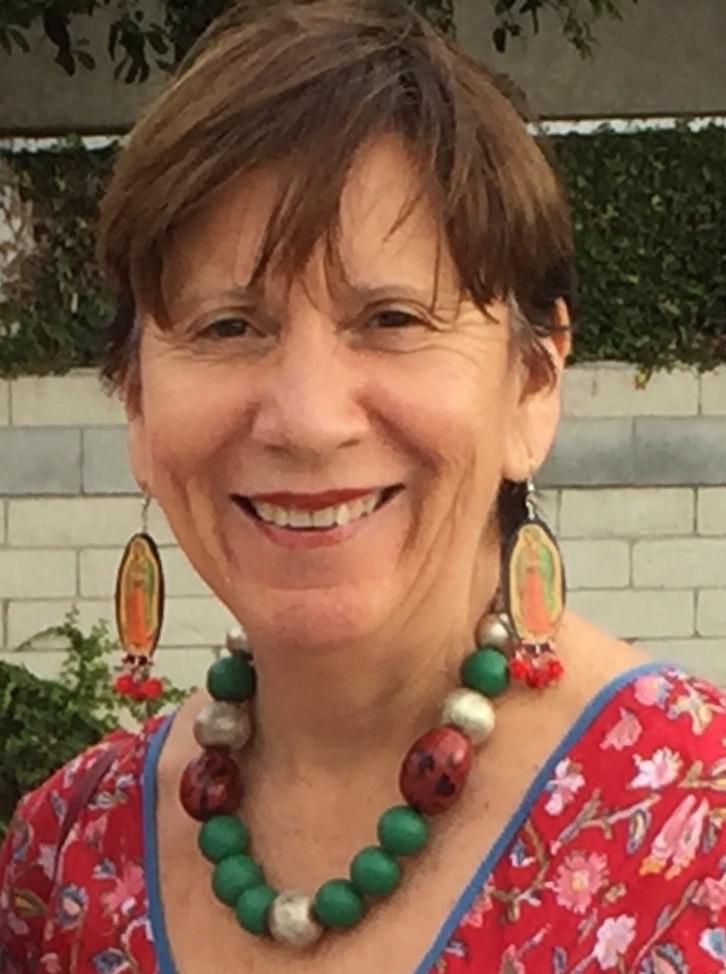
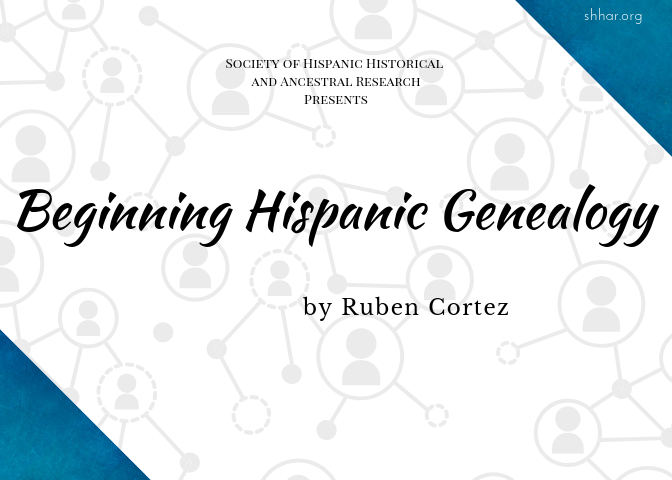




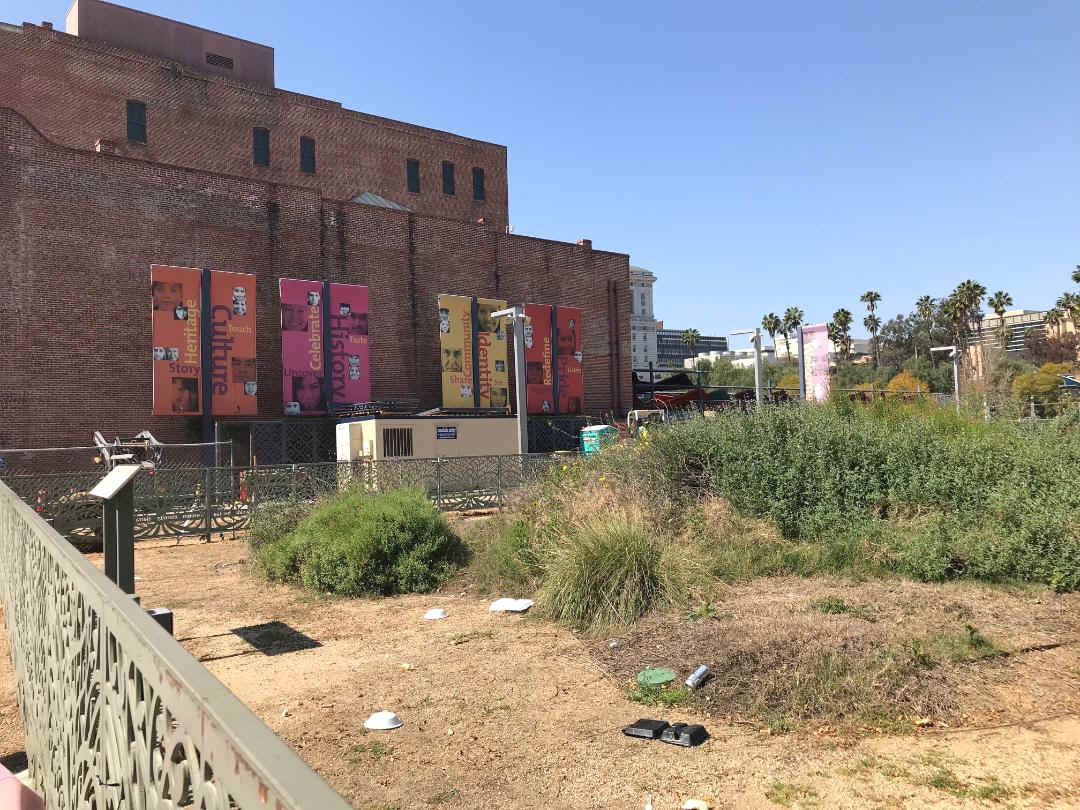
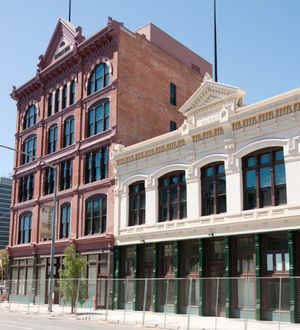
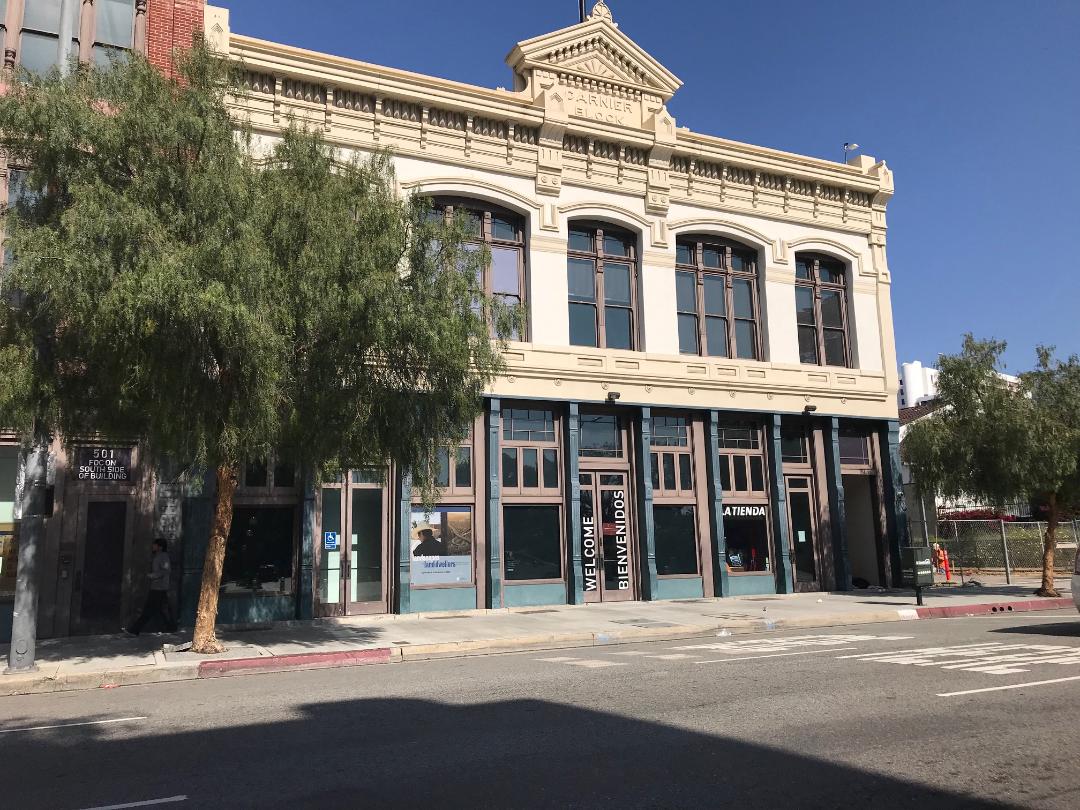
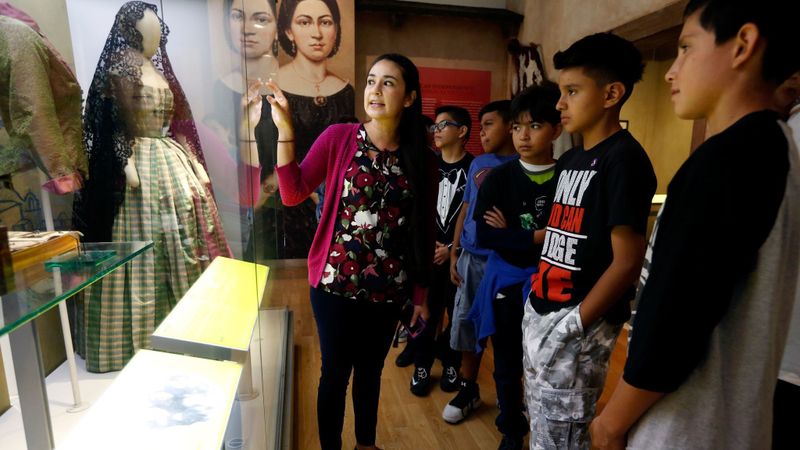

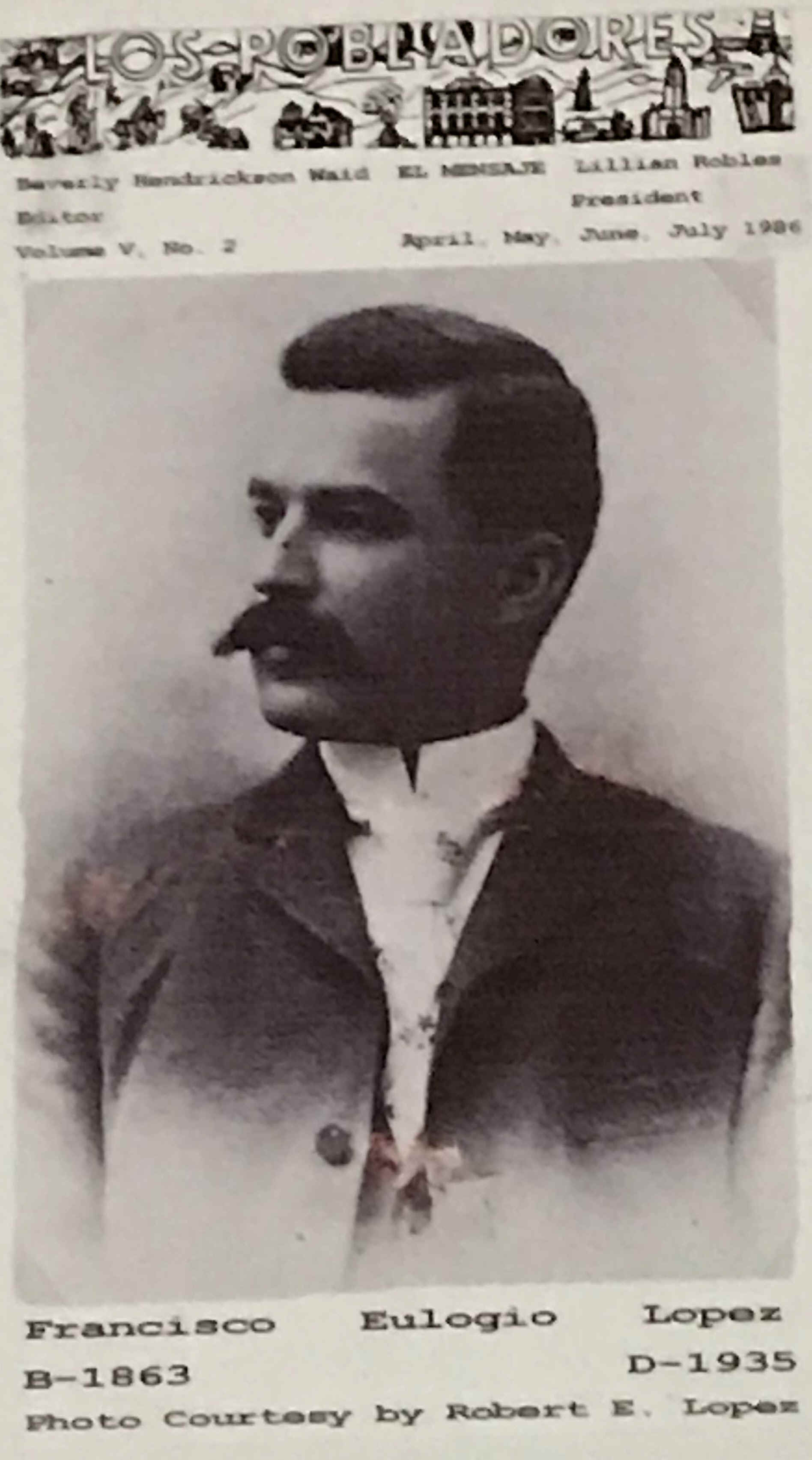
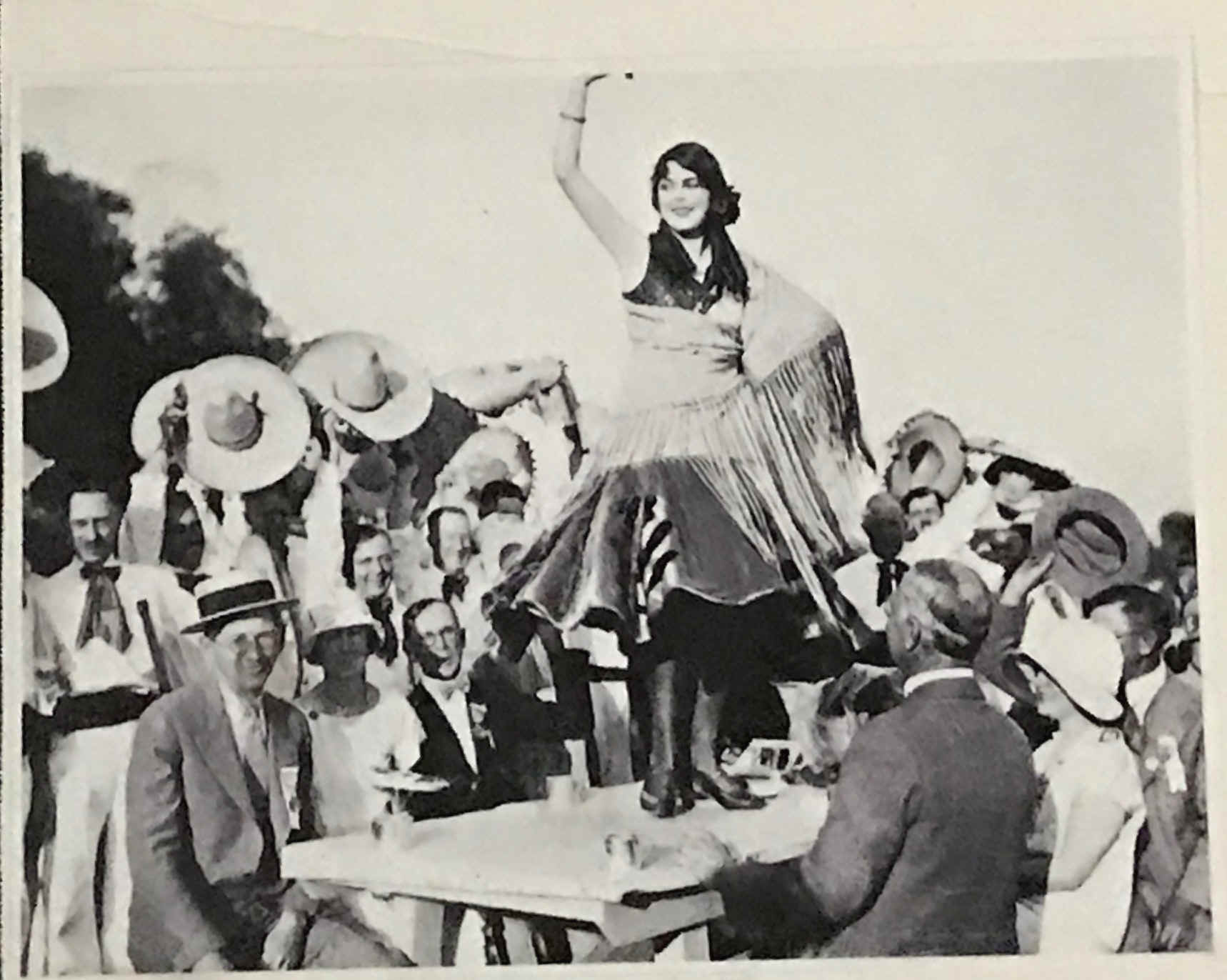



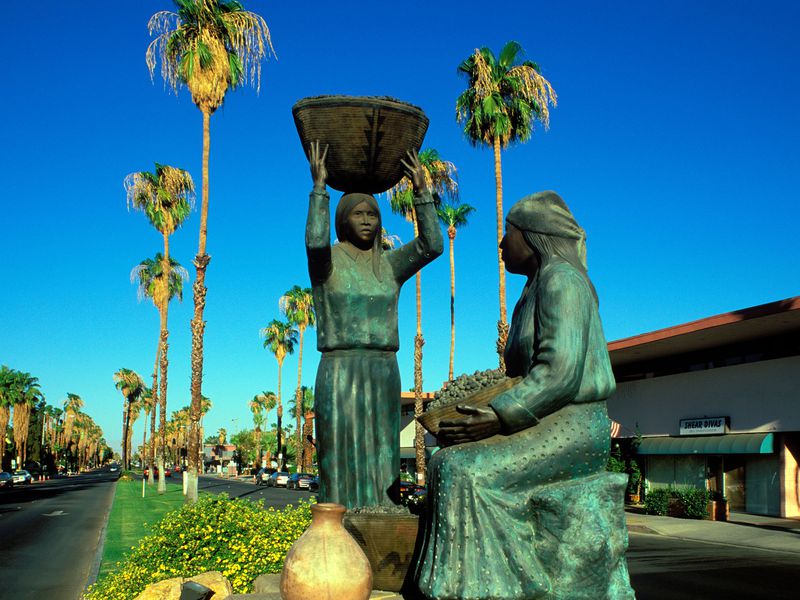
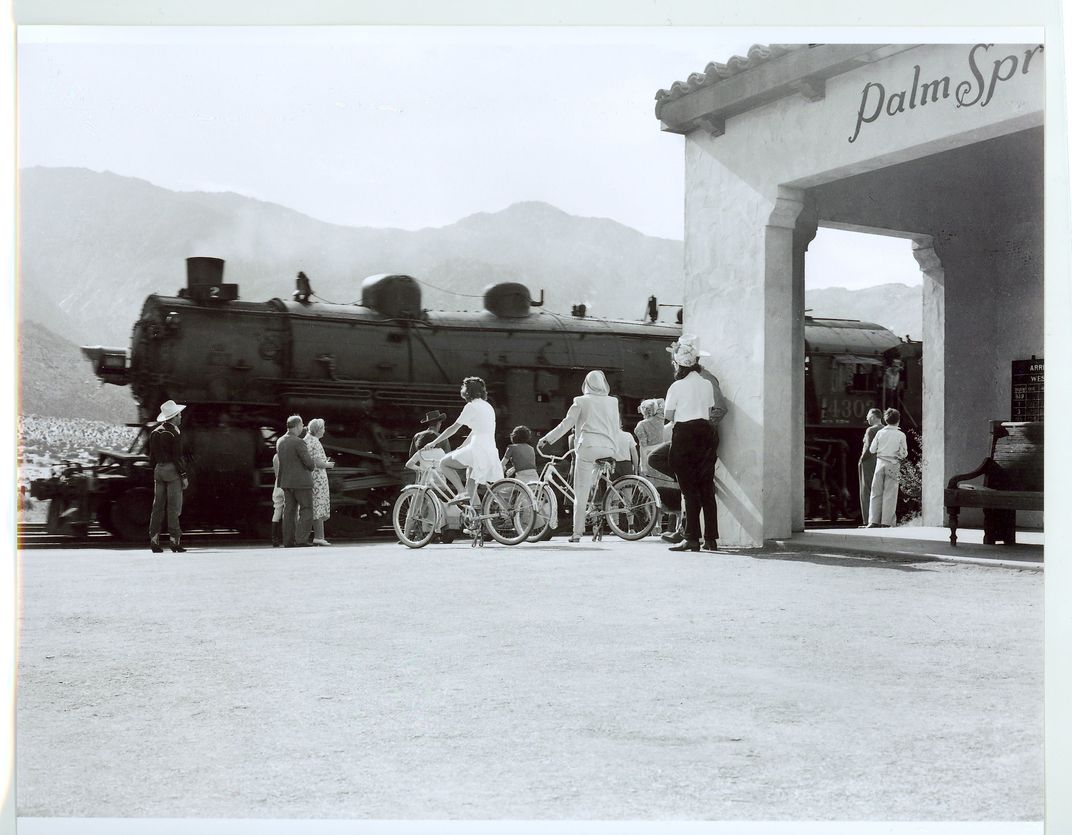


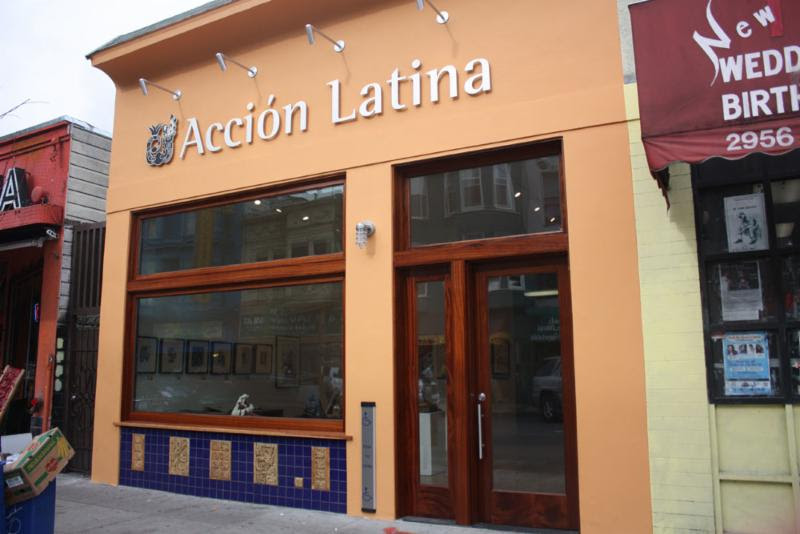

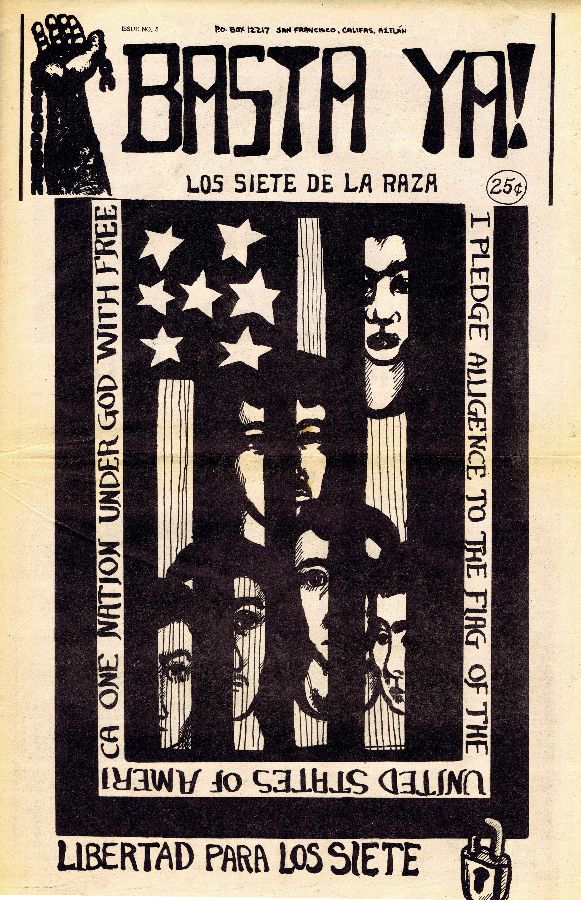
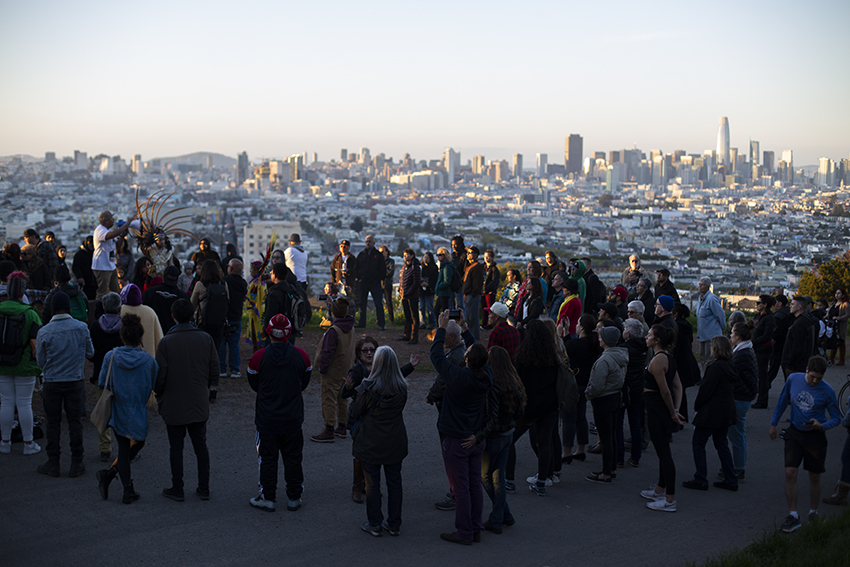
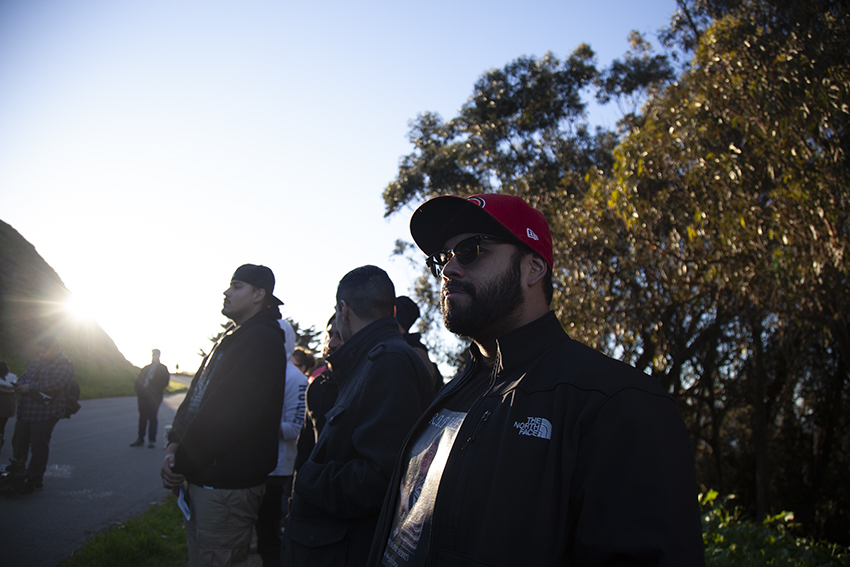
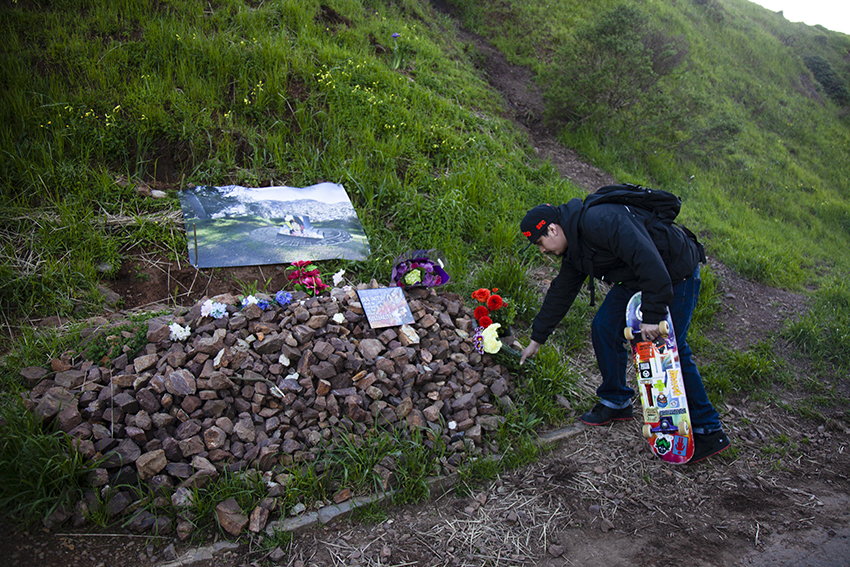

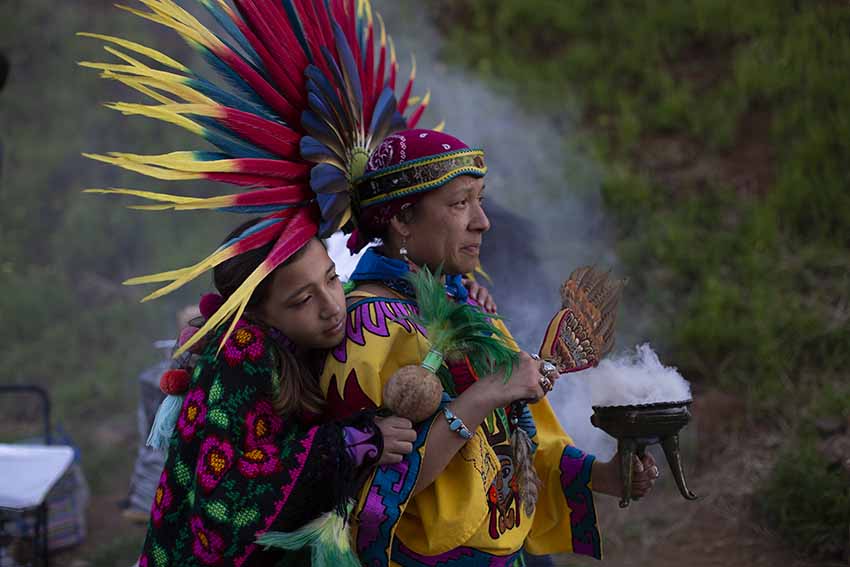
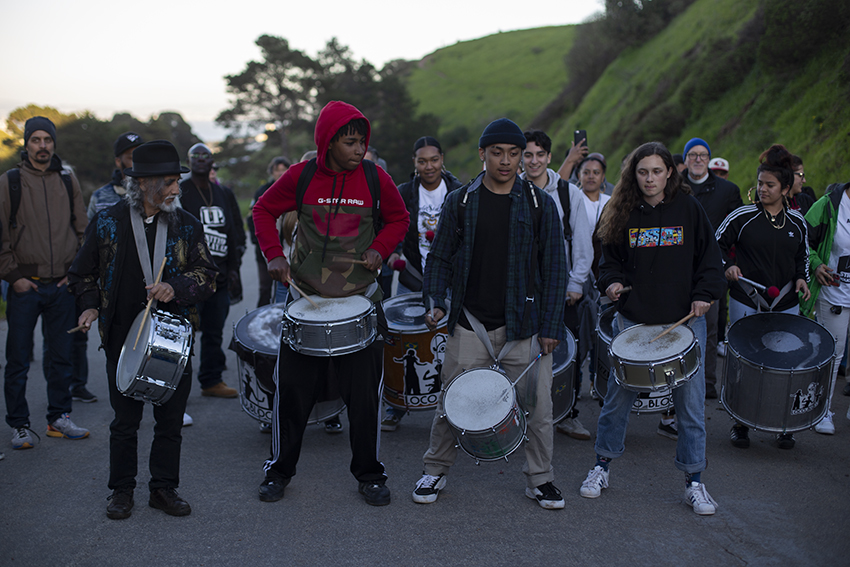
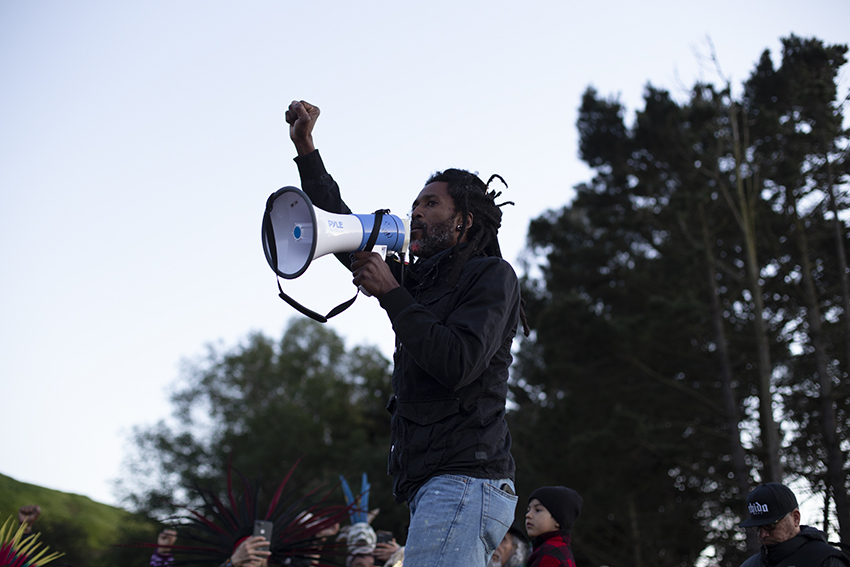
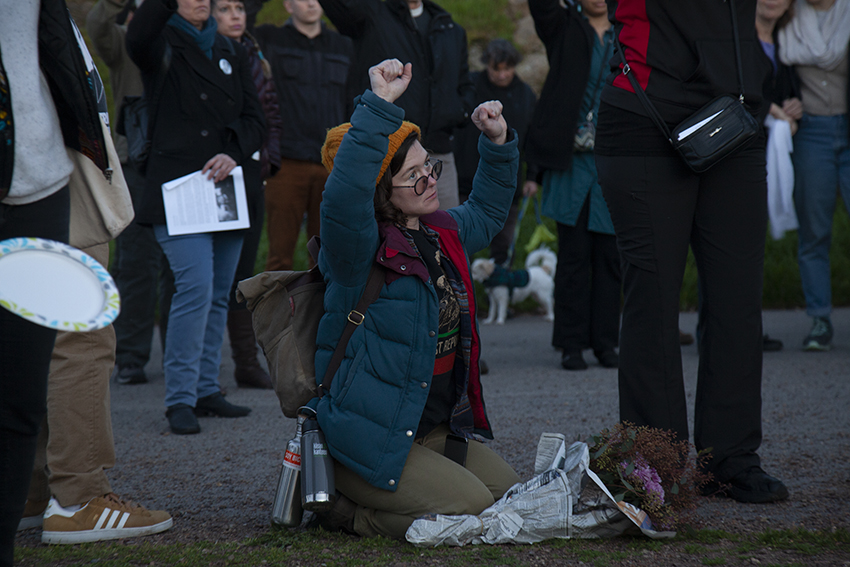
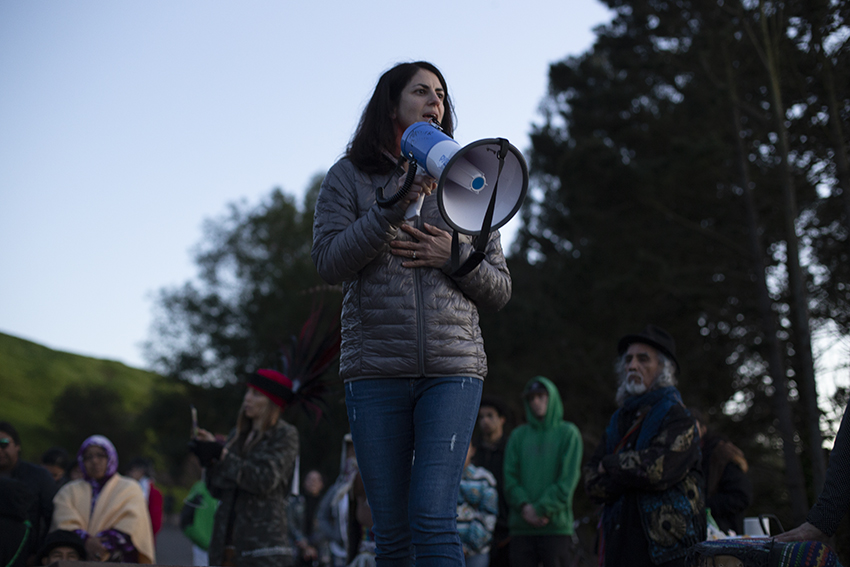

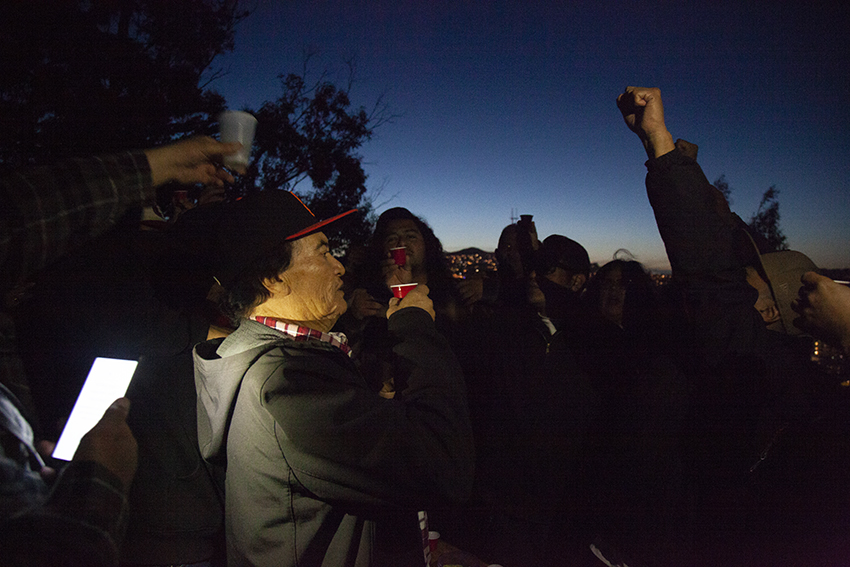
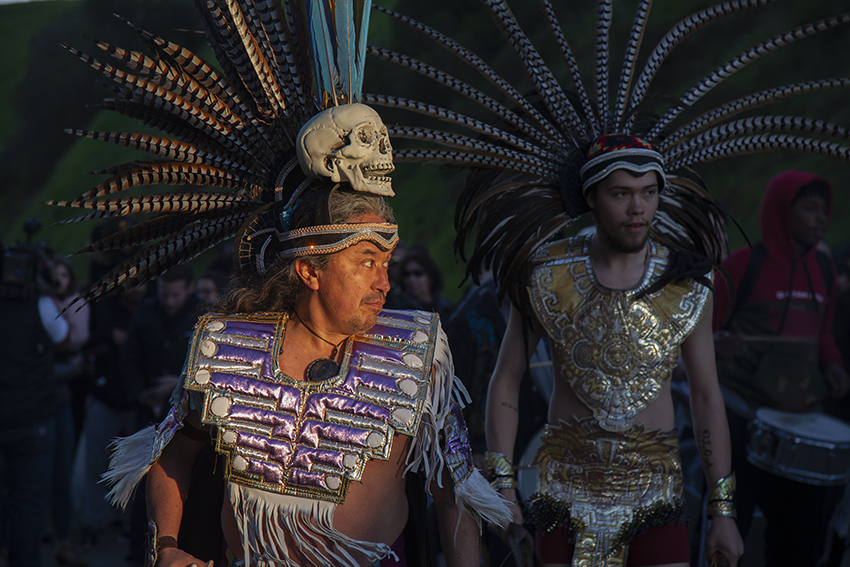


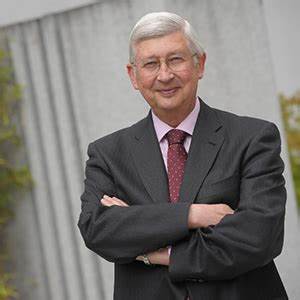
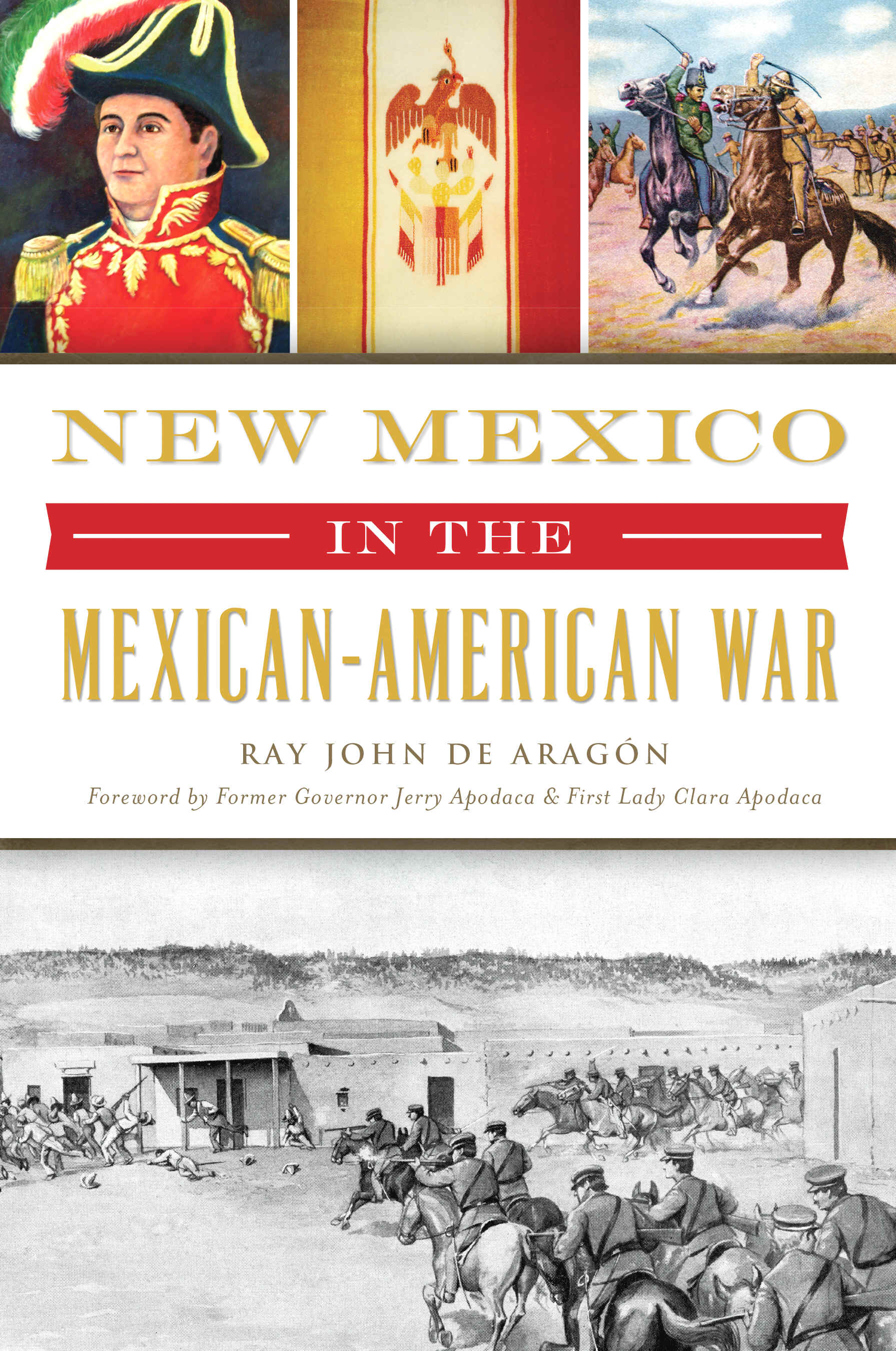
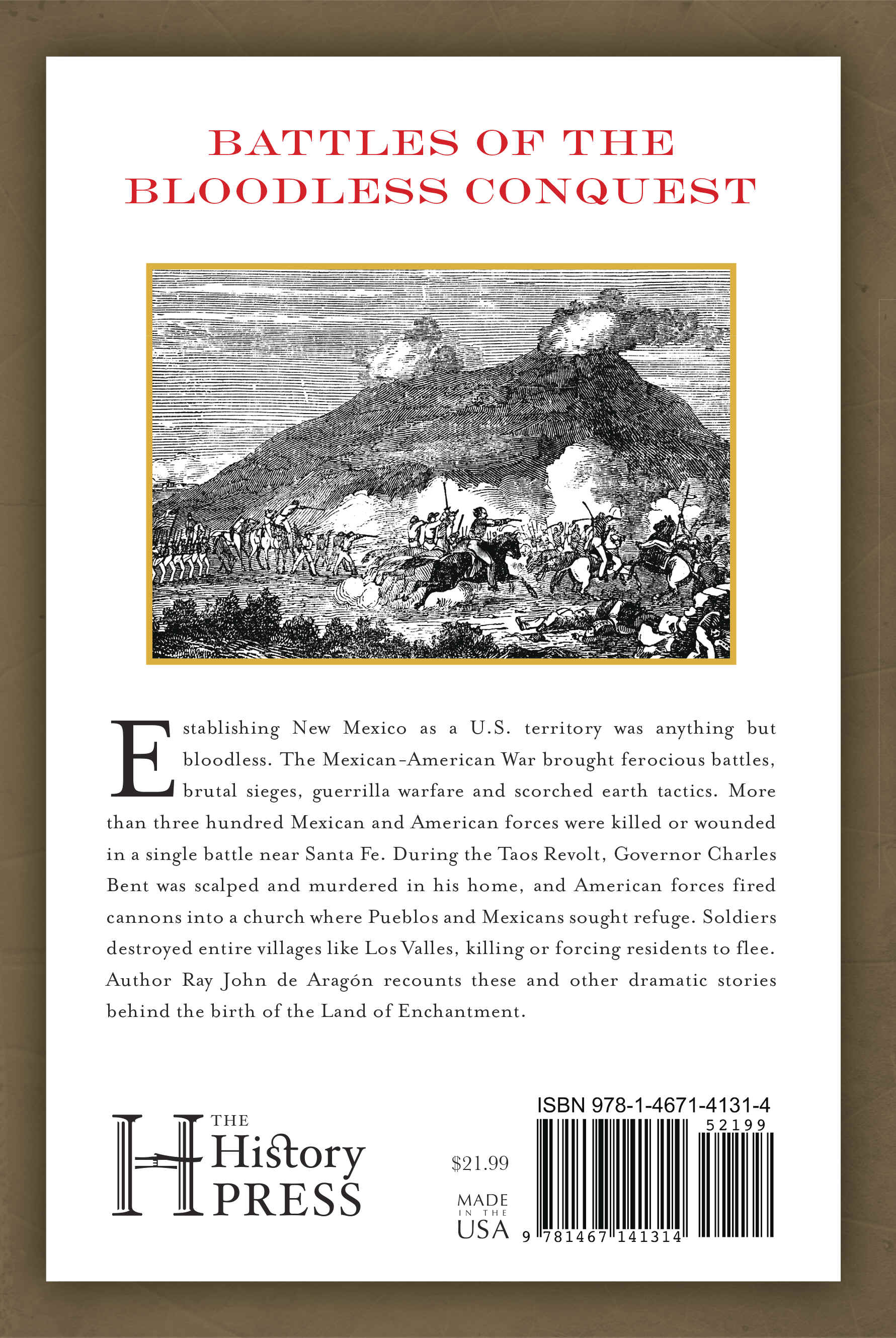
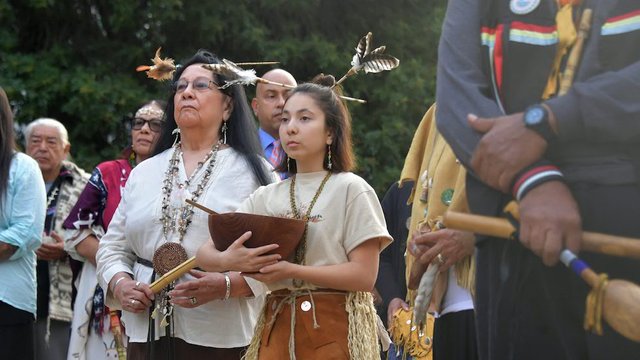

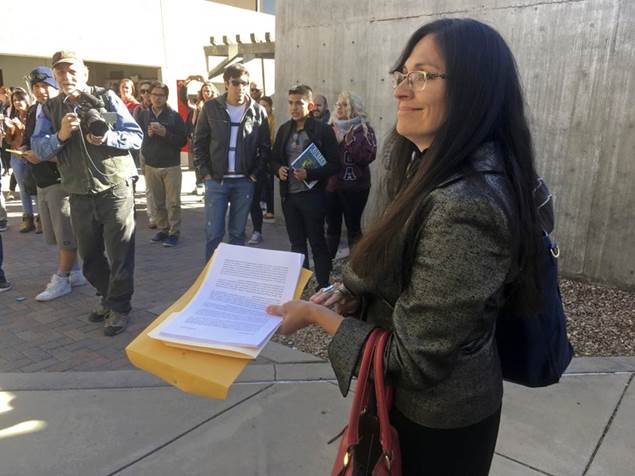


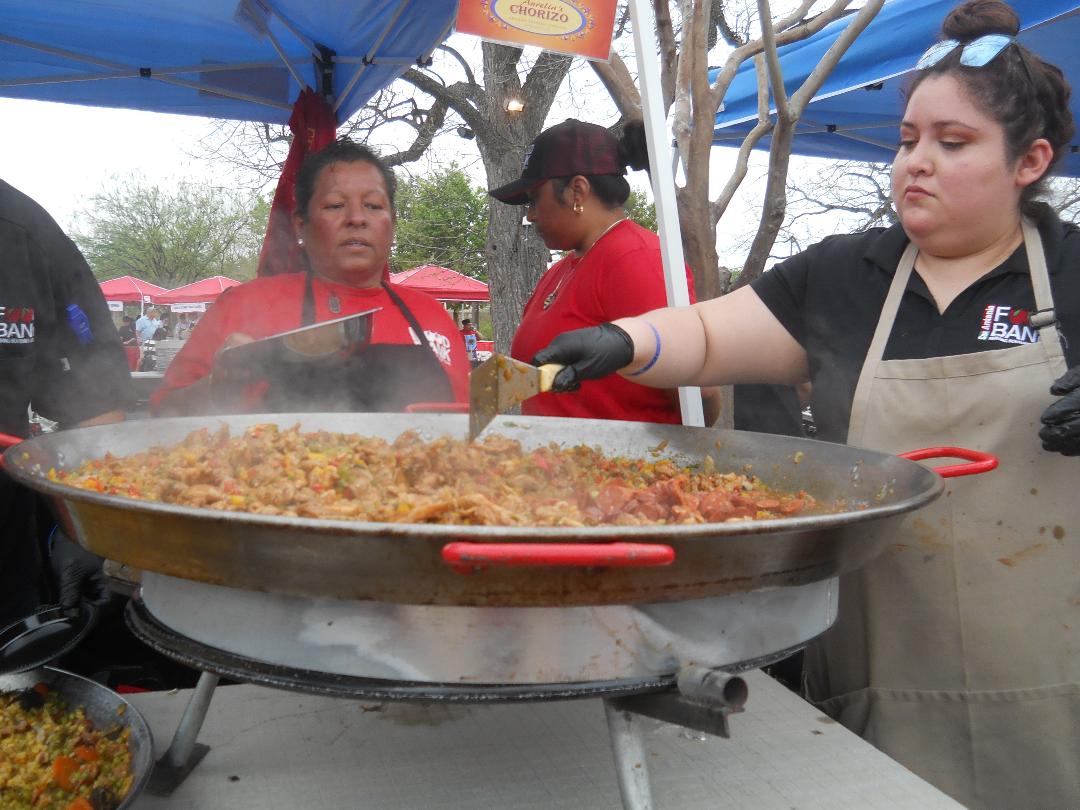

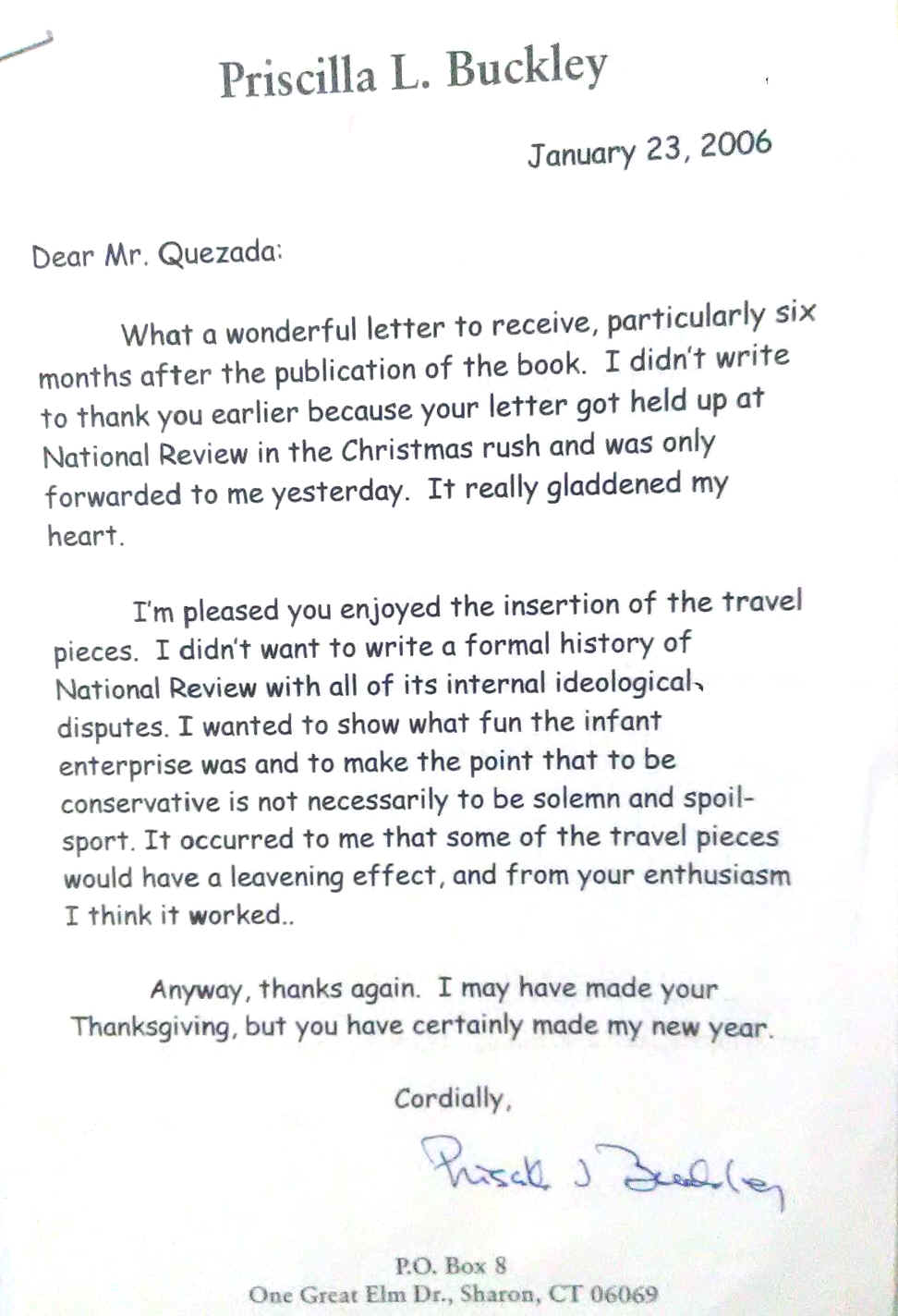
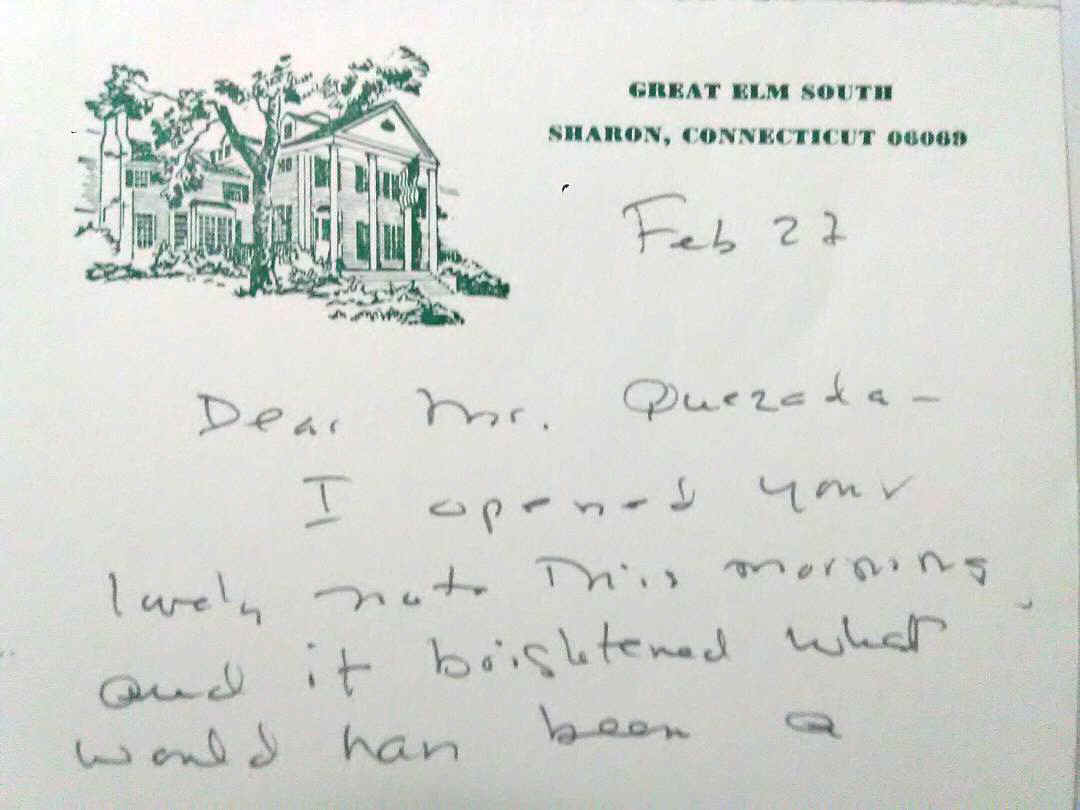

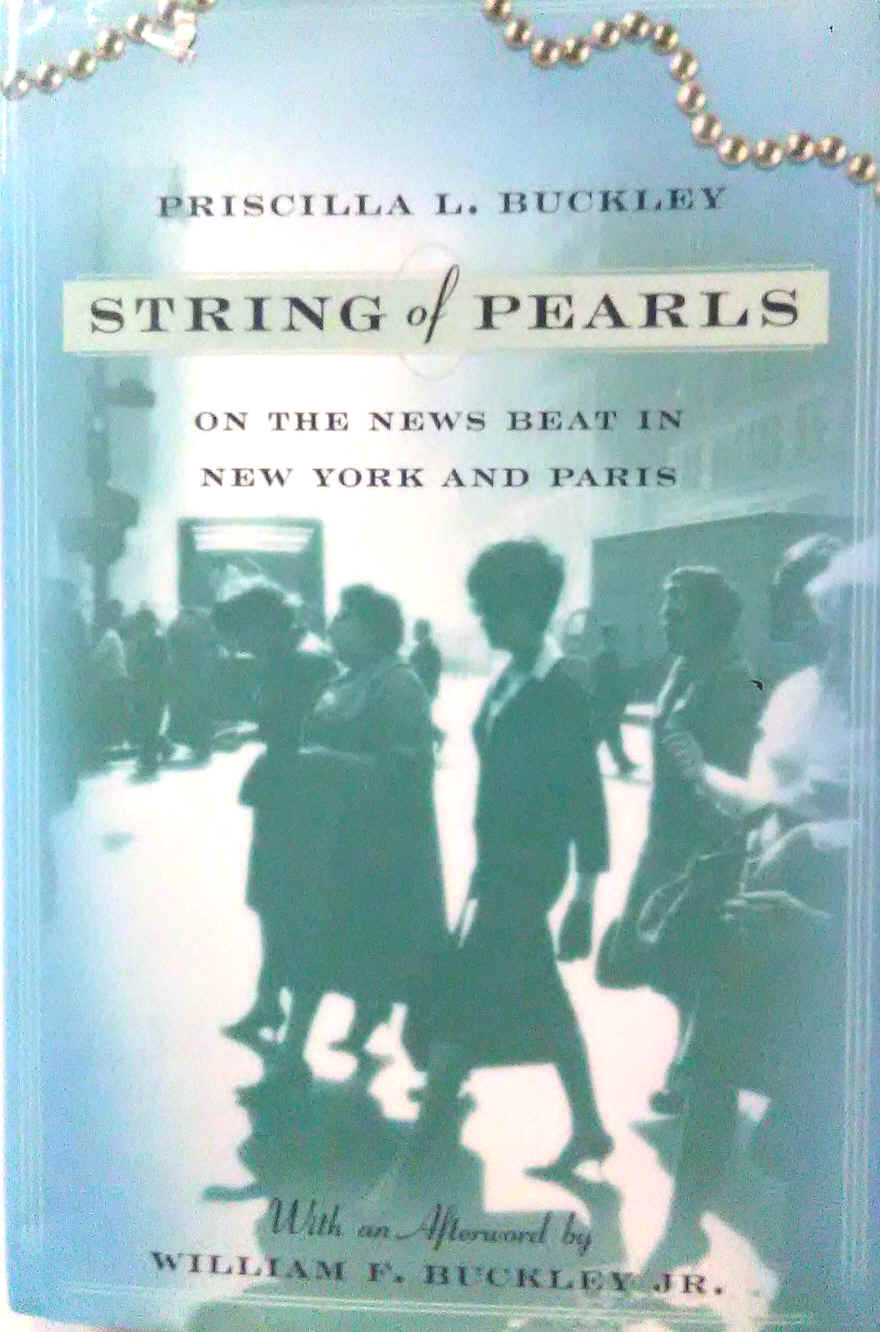








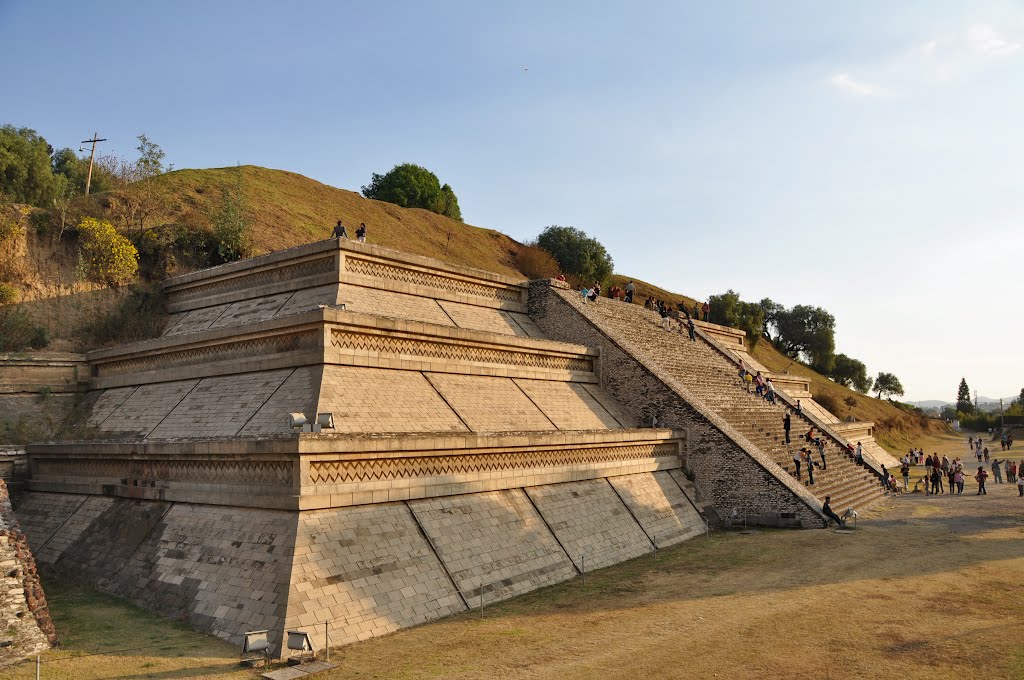
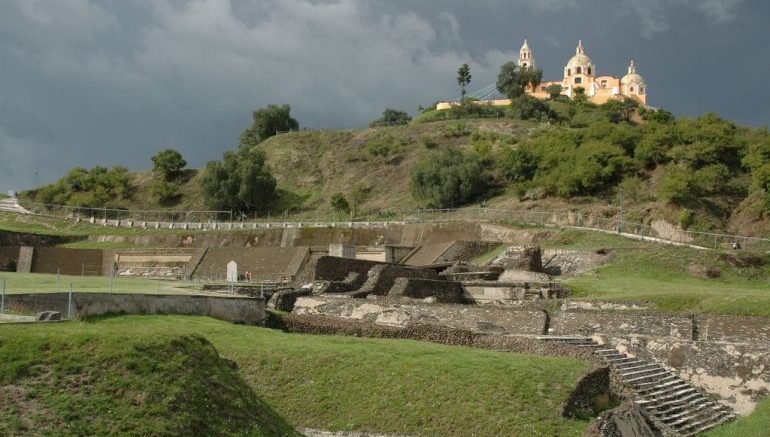




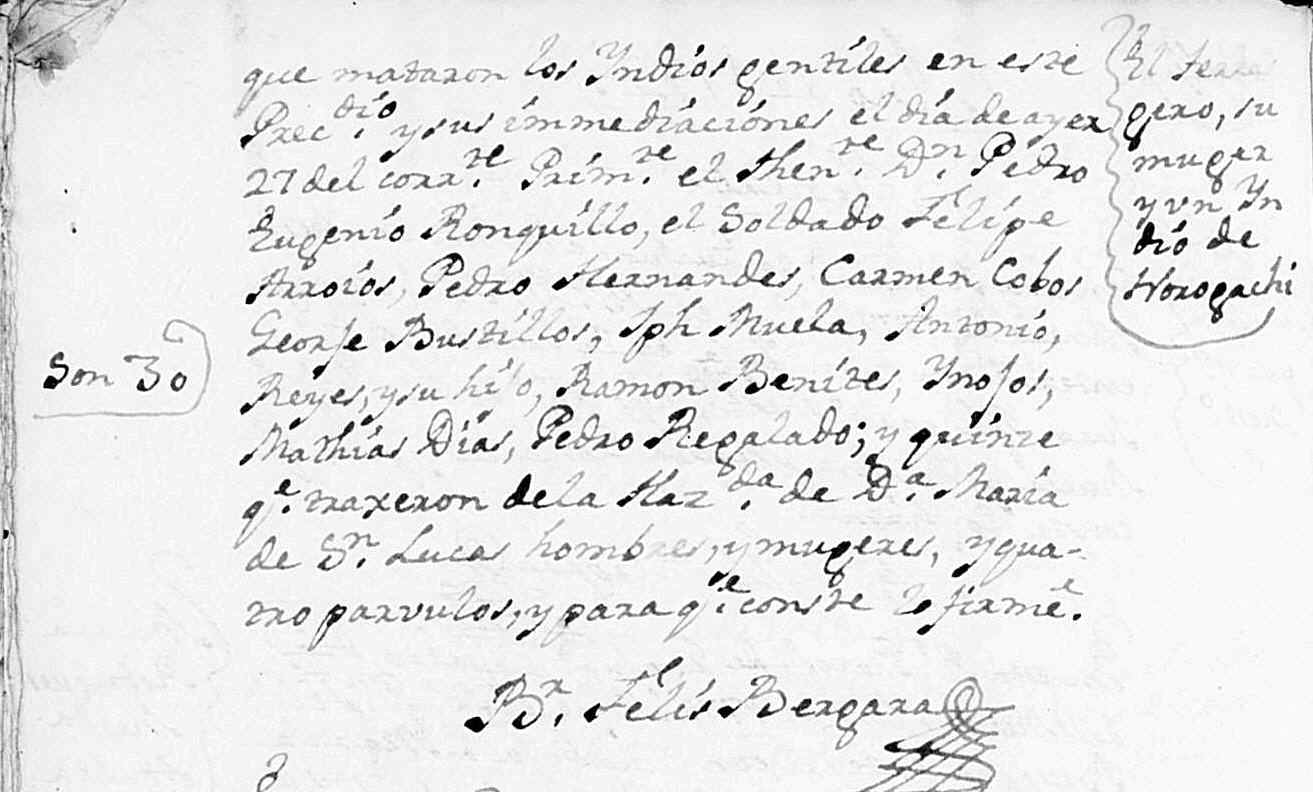
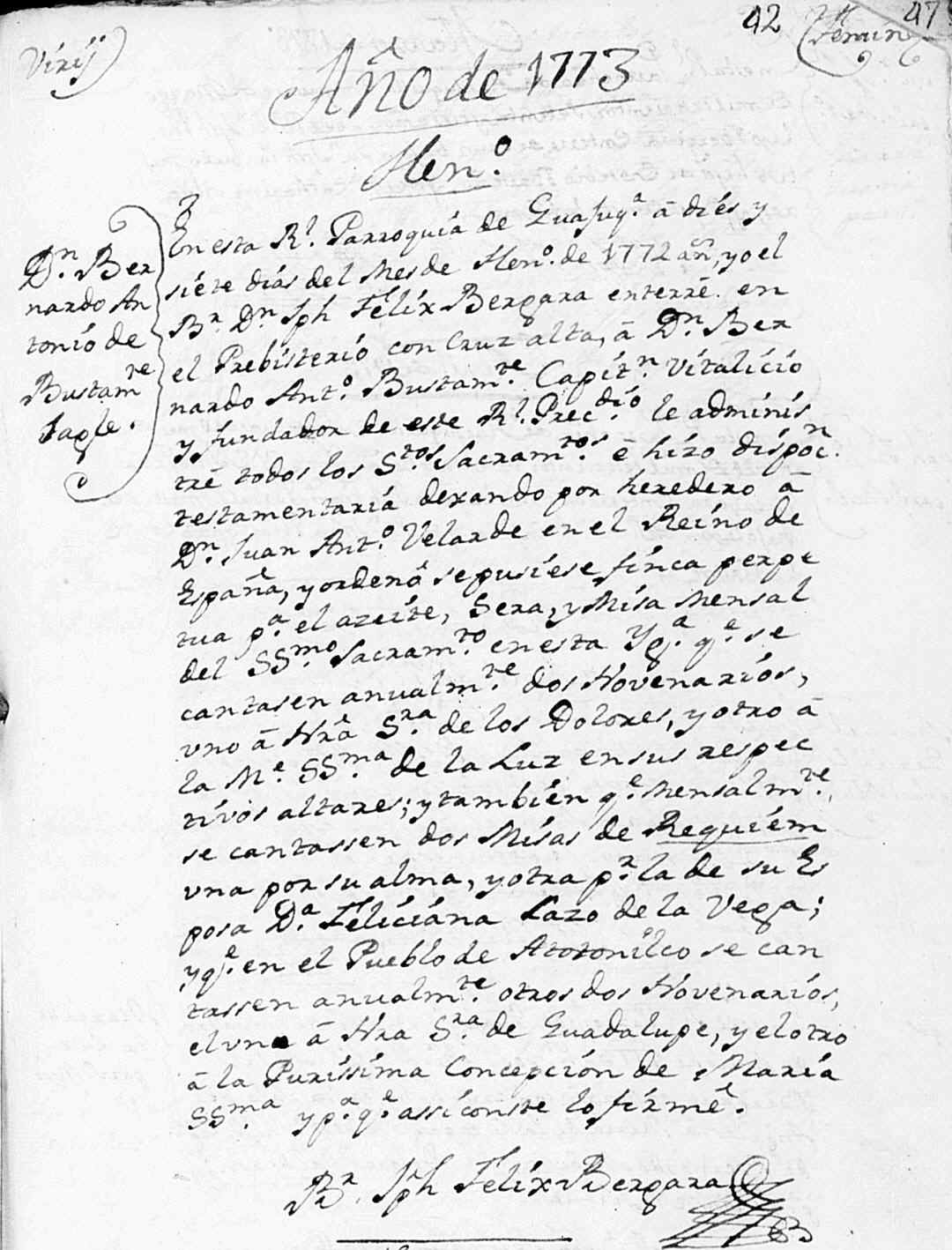



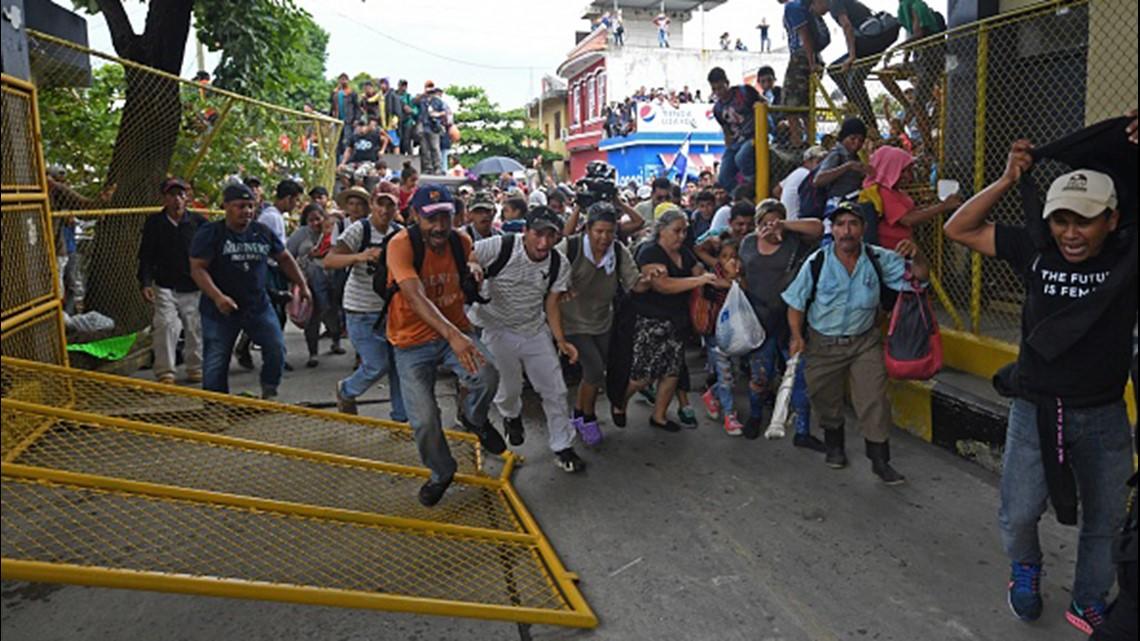


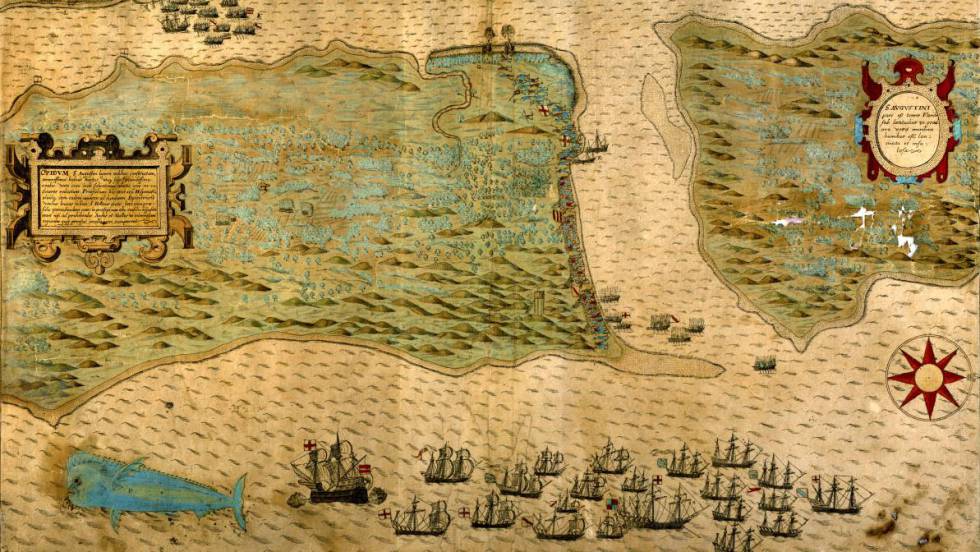
 Sin embargo, este personaje de Robert Louis
Stevenson no tendría vidas suficientes para saquear los 681 navíos
que el primer Inventario de naufragios españoles en América,
redactado por la Subdirección General de Patrimonio Histórico del
Ministerio de Cultura y que hoy revela EL PAÍS, documenta. Tendría
en su poder, eso sí, la historia de España entre 1492 y 1898,
información que ha coordinado el arqueólogo submarino Carlos León
con la colaboración de su colega Beatriz Domingo y la historiadora
naval Genoveva Enríquez.
Sin embargo, este personaje de Robert Louis
Stevenson no tendría vidas suficientes para saquear los 681 navíos
que el primer Inventario de naufragios españoles en América,
redactado por la Subdirección General de Patrimonio Histórico del
Ministerio de Cultura y que hoy revela EL PAÍS, documenta. Tendría
en su poder, eso sí, la historia de España entre 1492 y 1898,
información que ha coordinado el arqueólogo submarino Carlos León
con la colaboración de su colega Beatriz Domingo y la historiadora
naval Genoveva Enríquez. 
